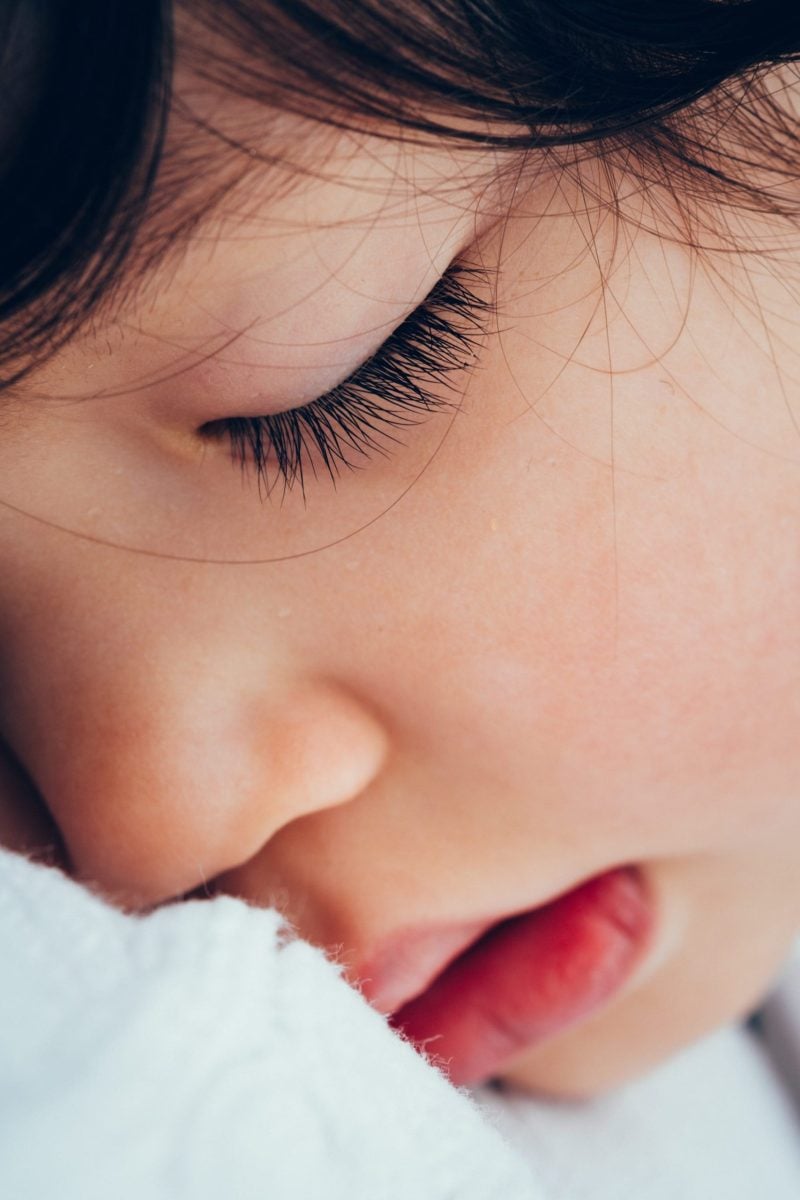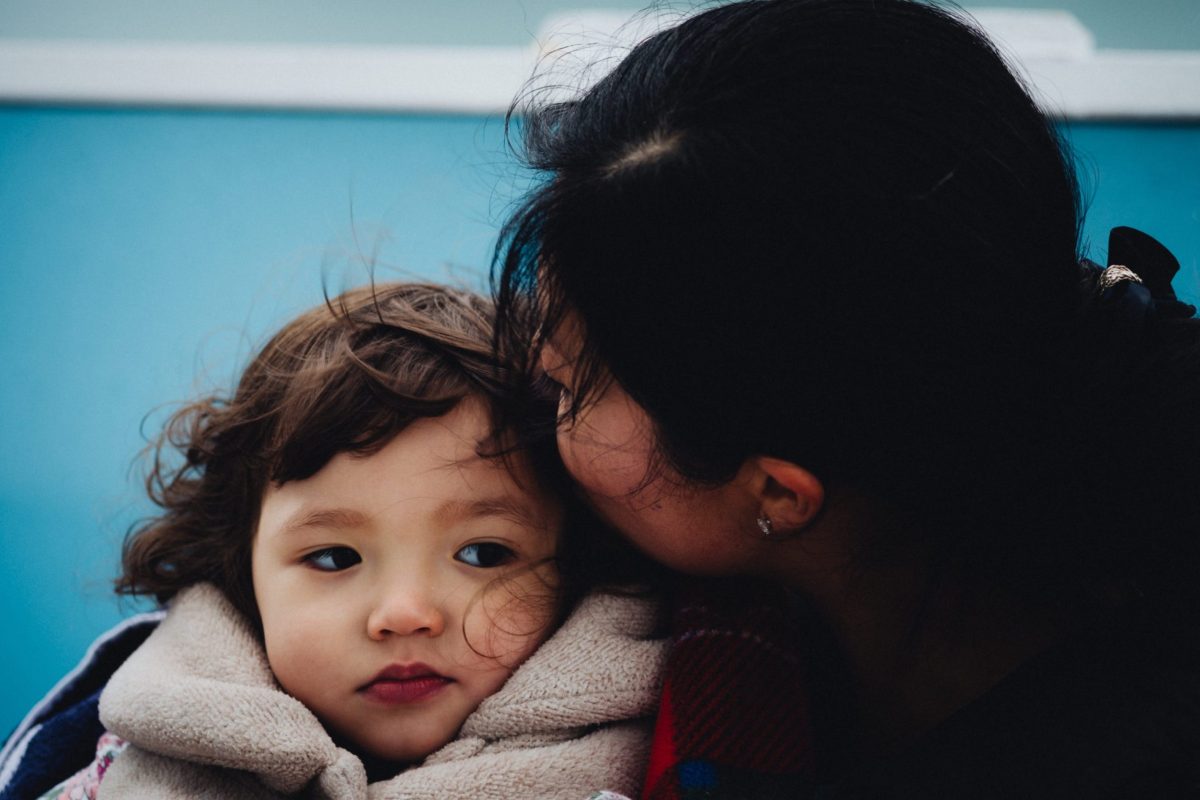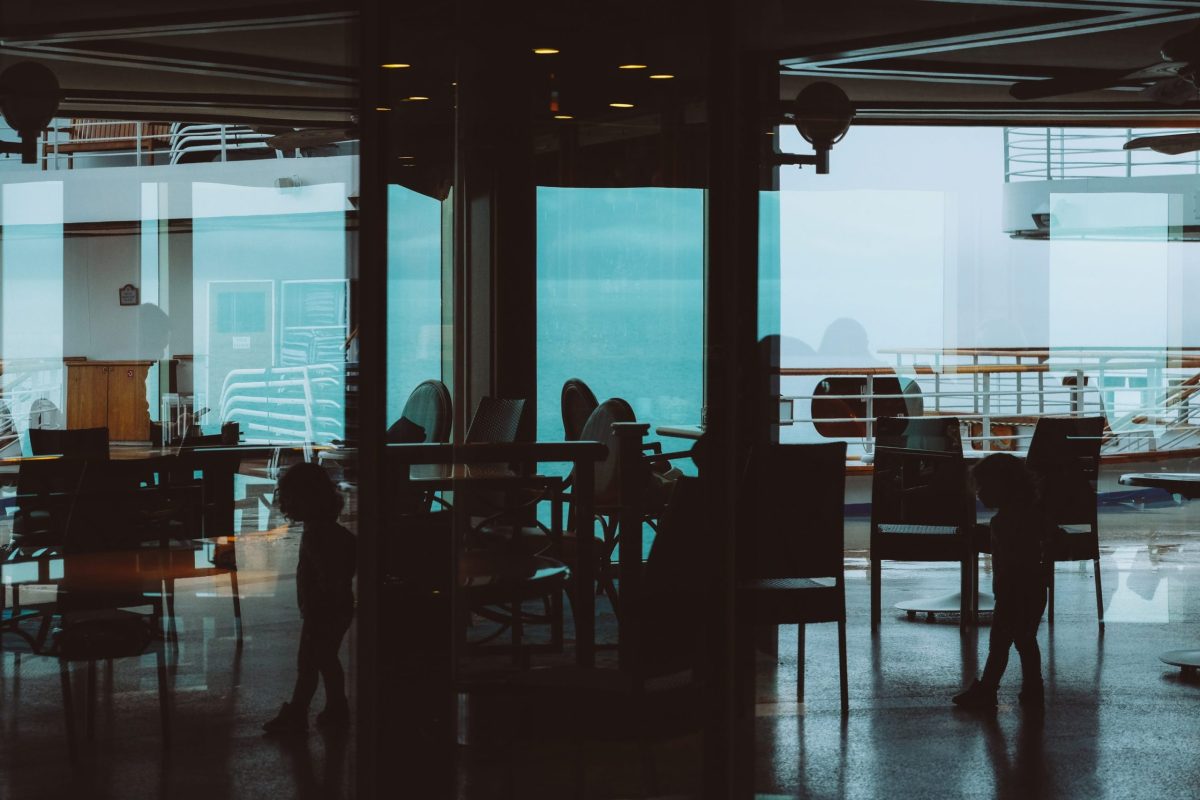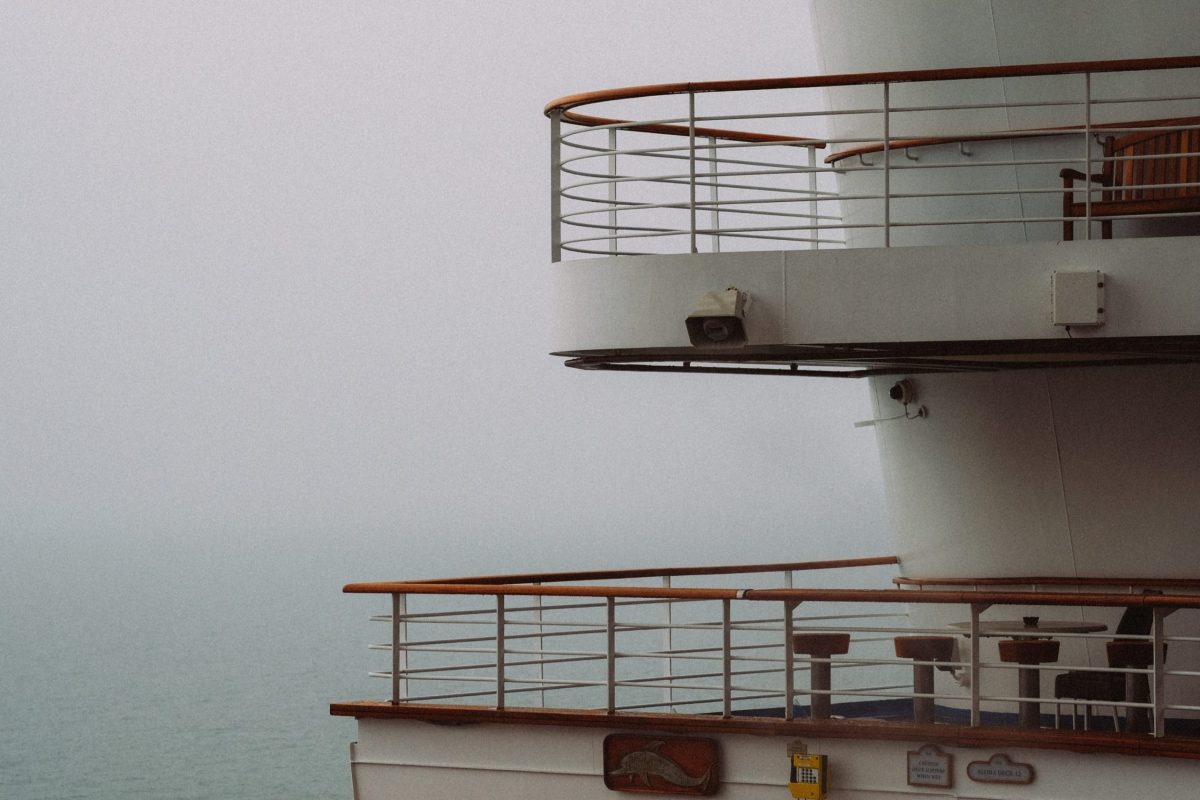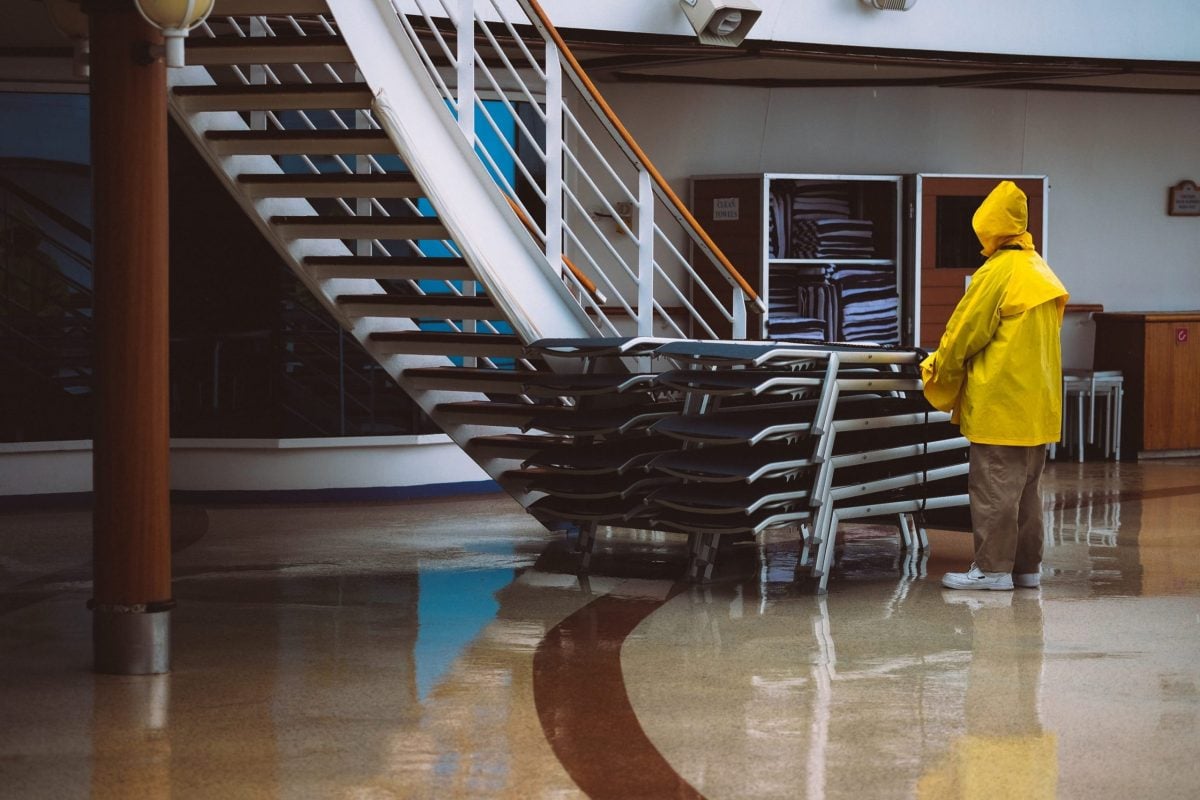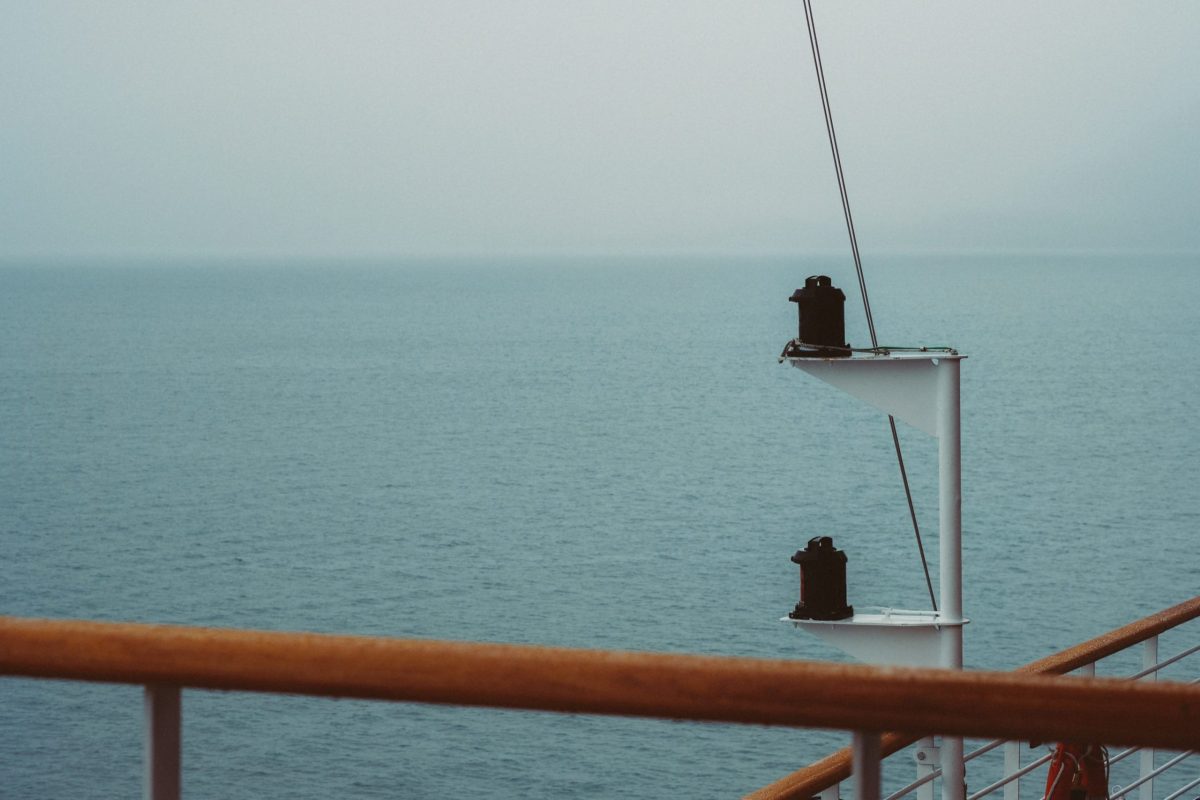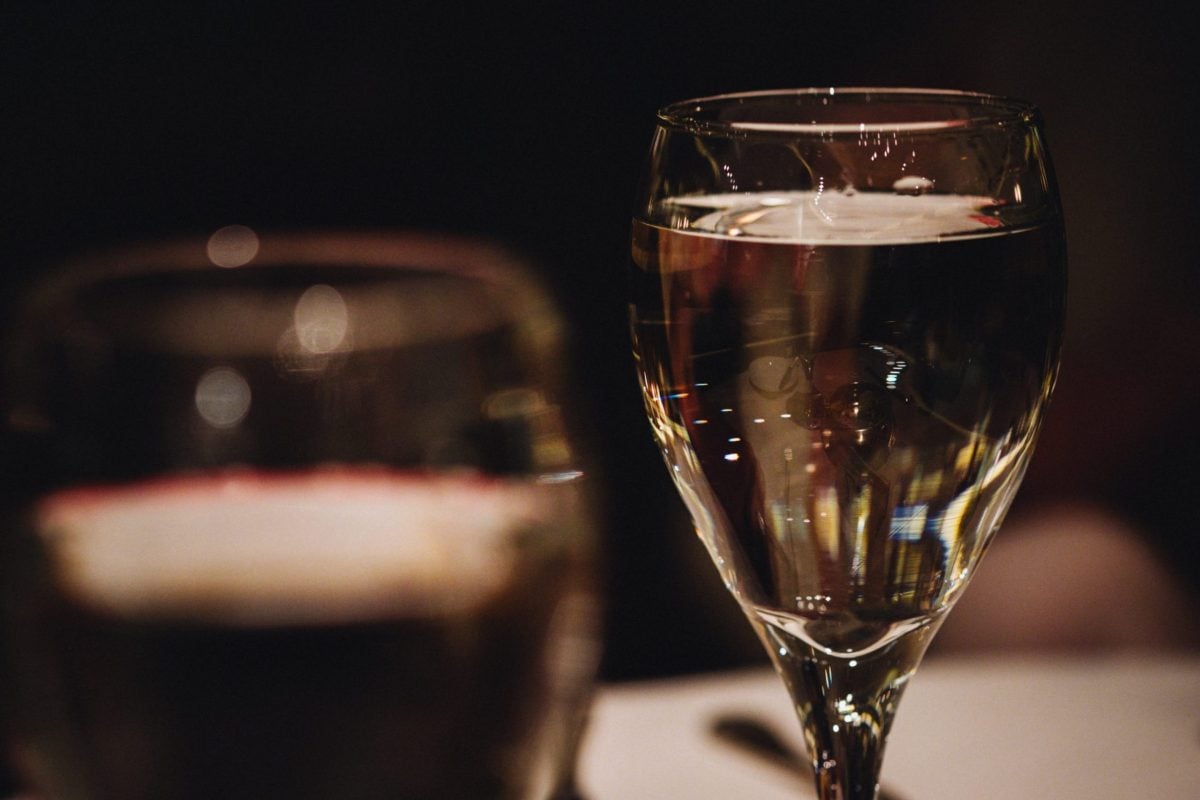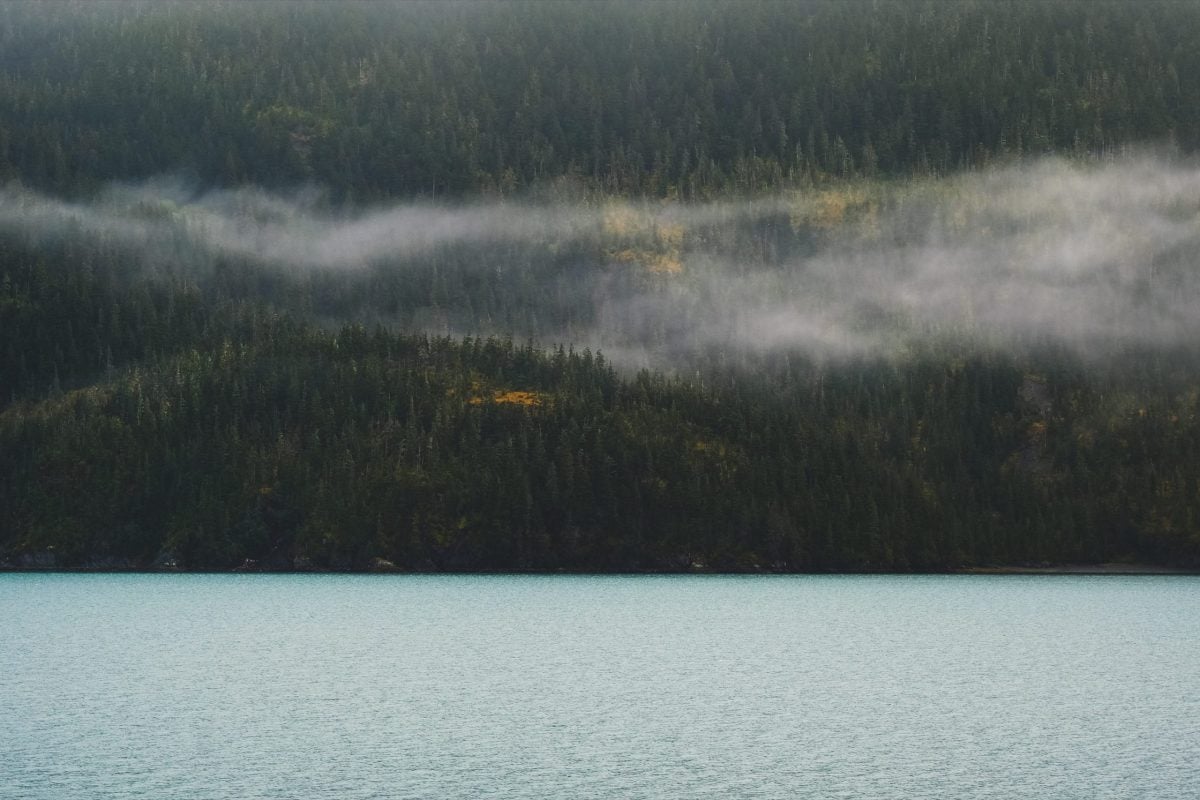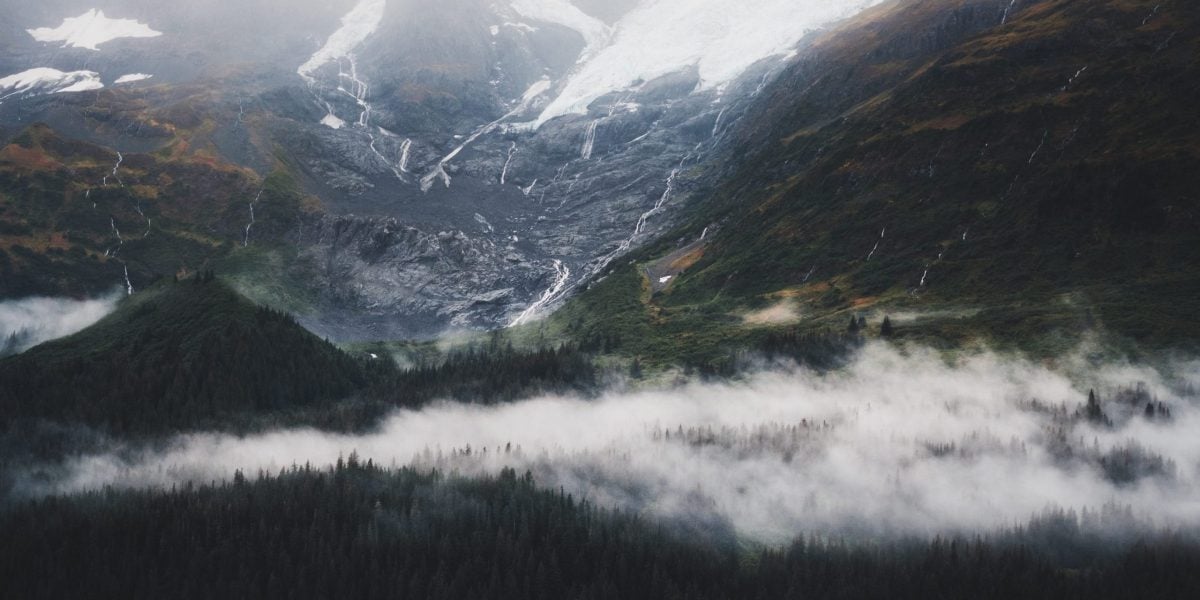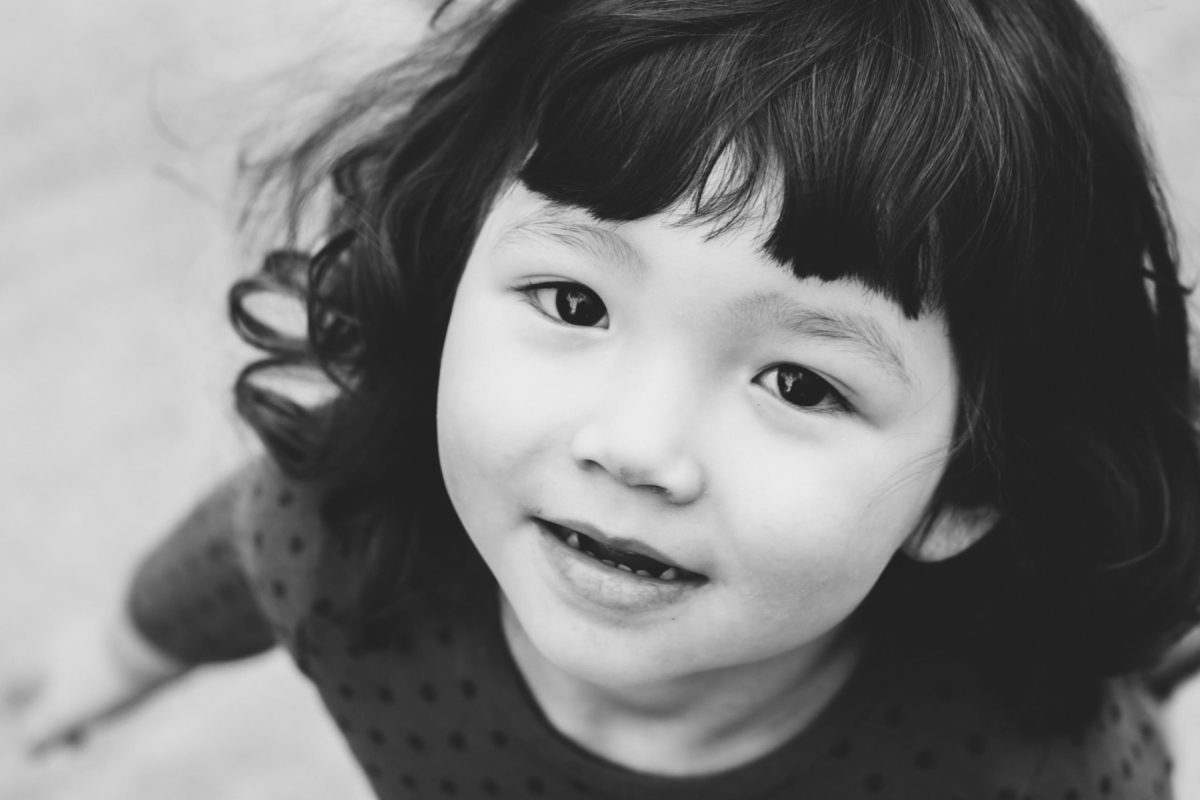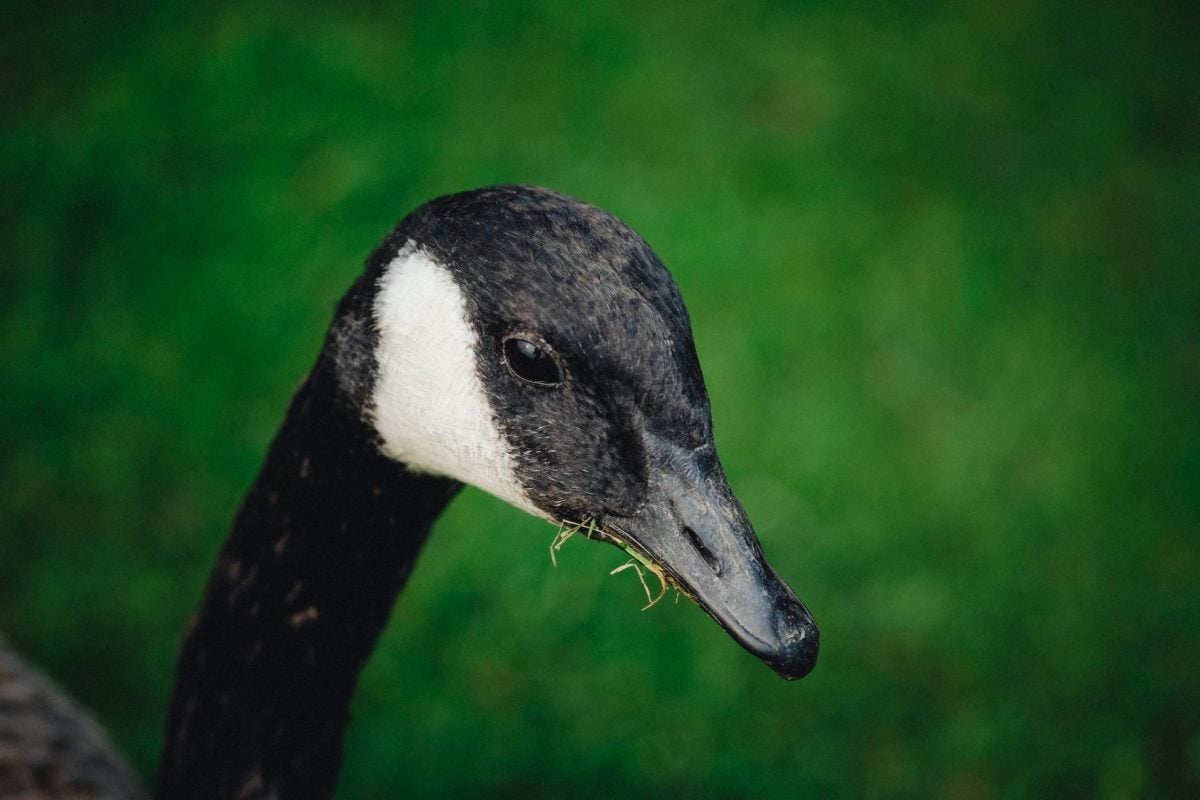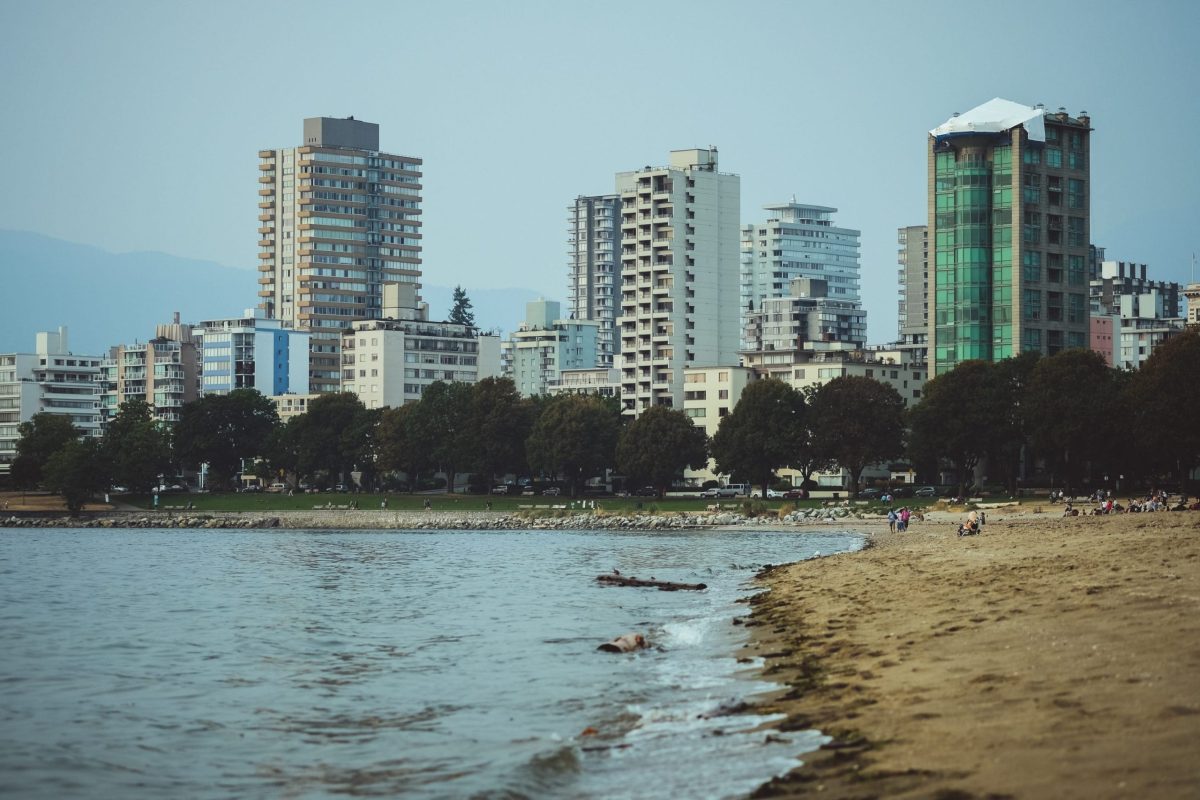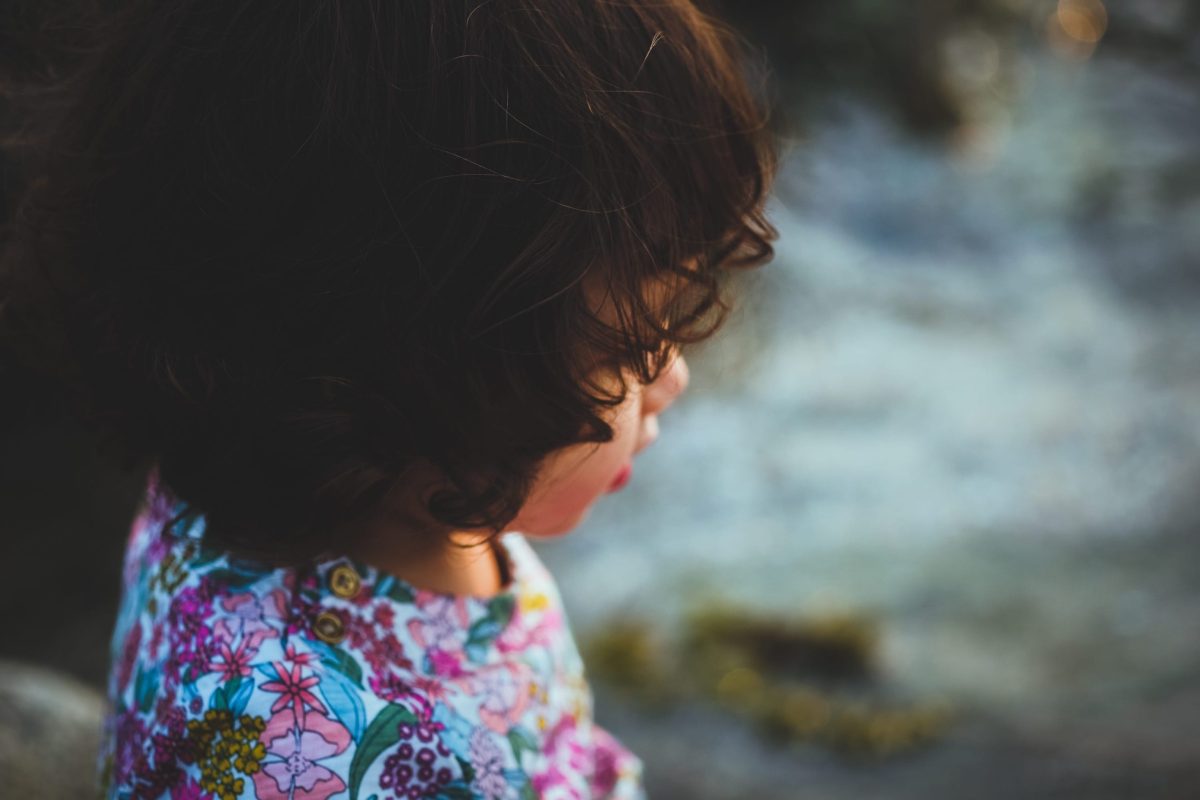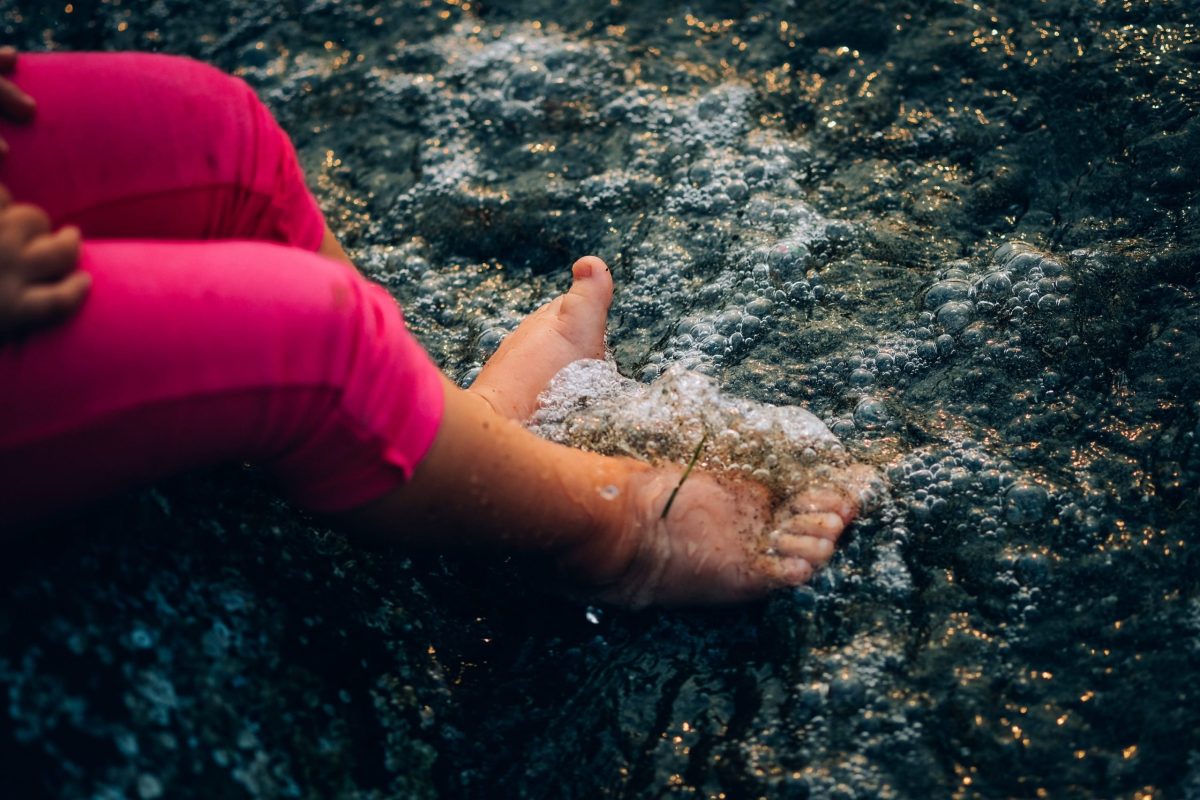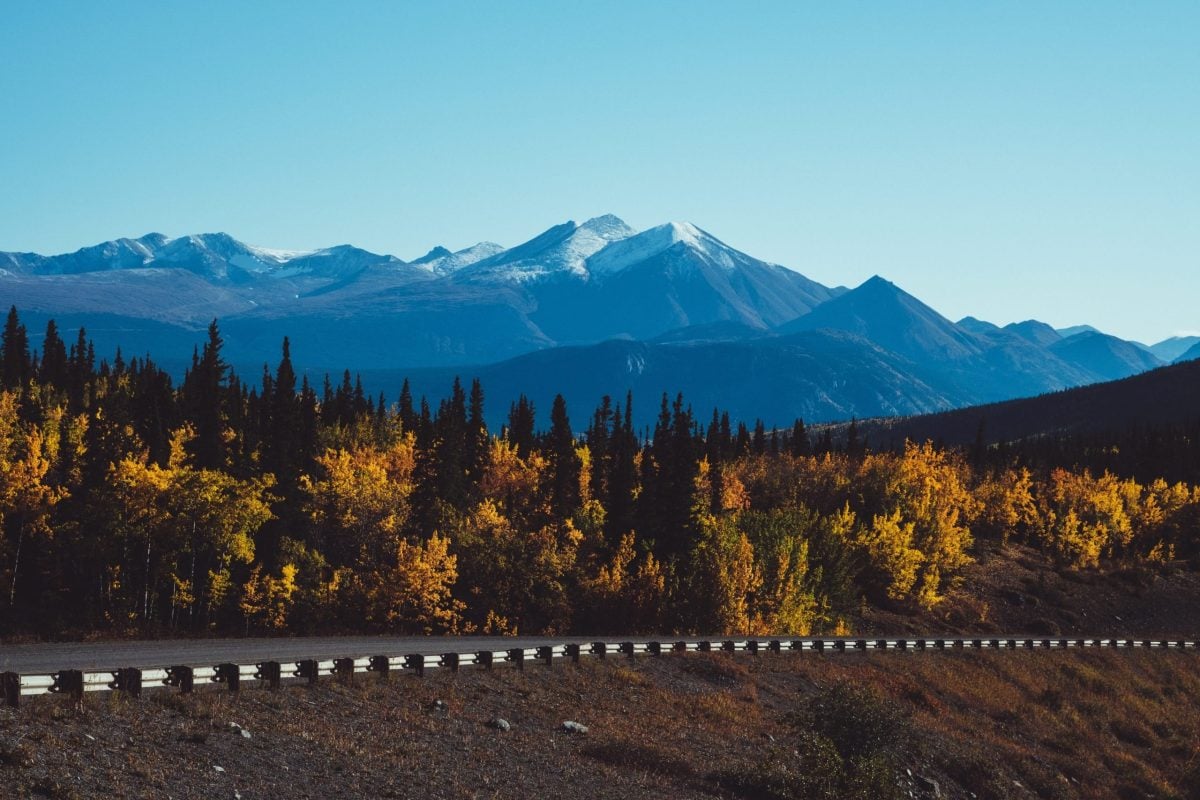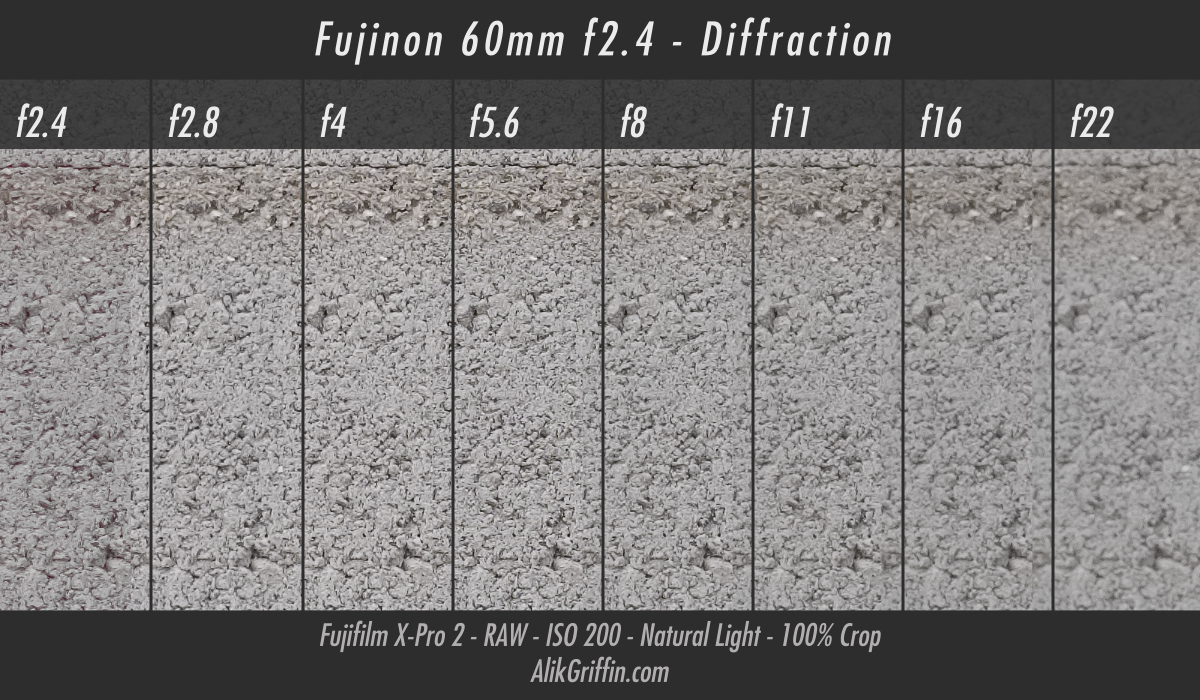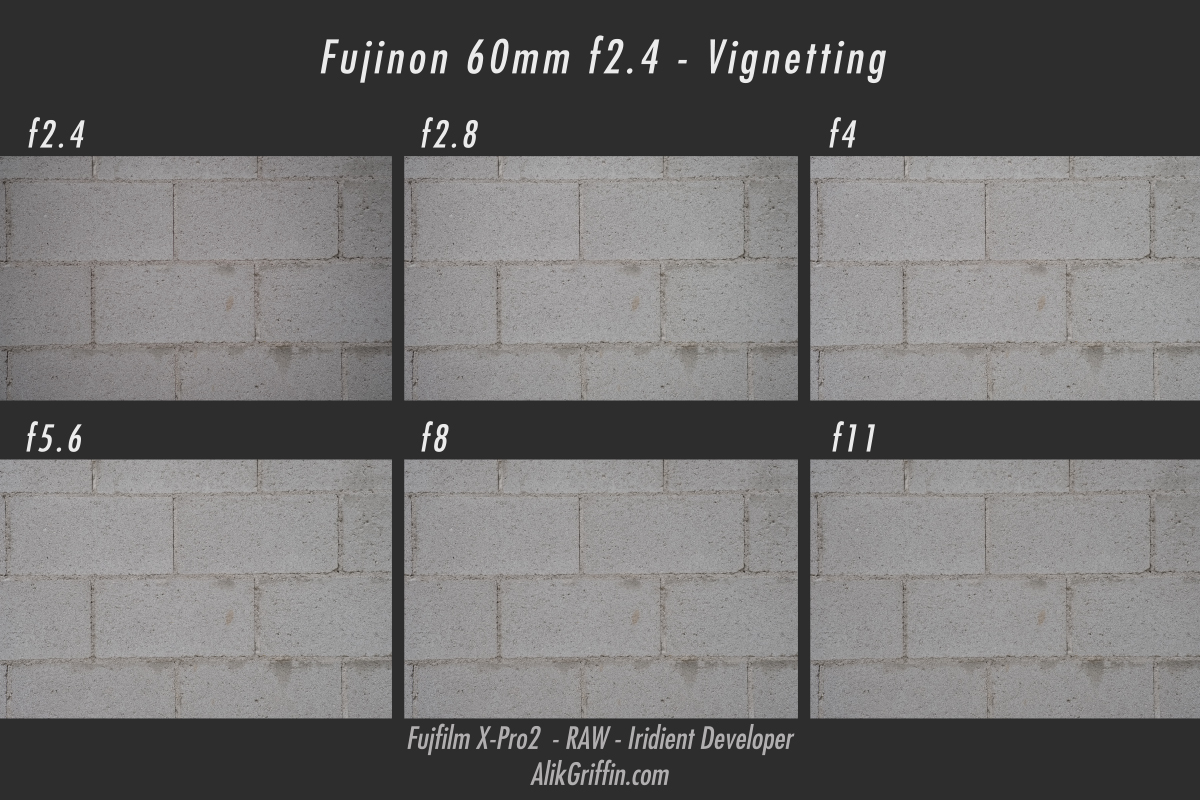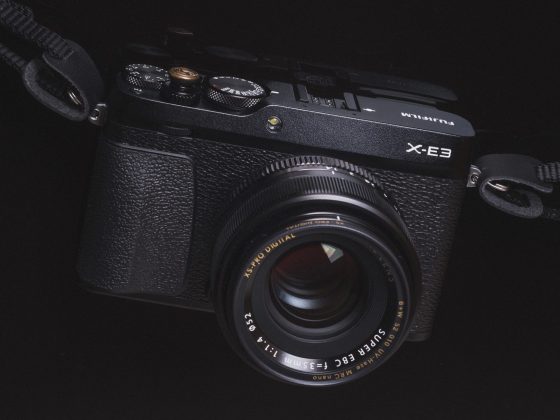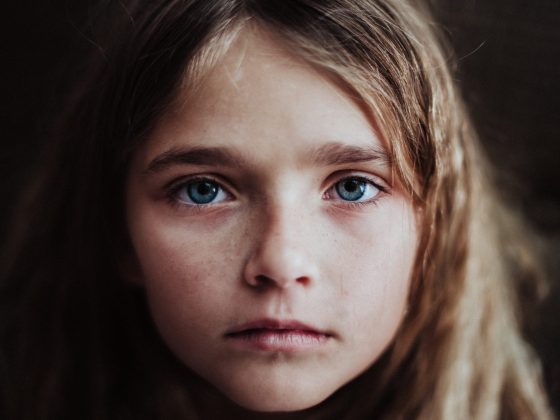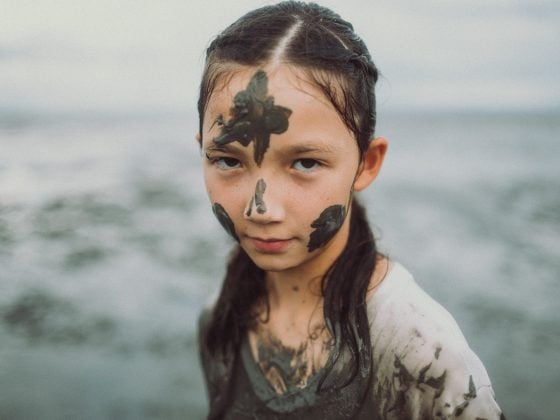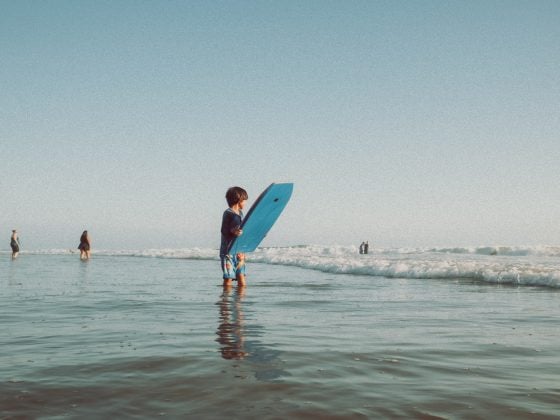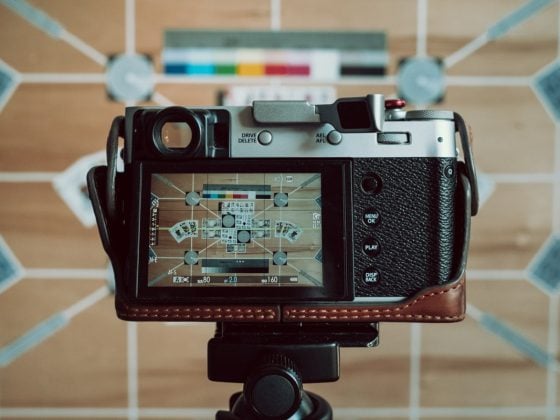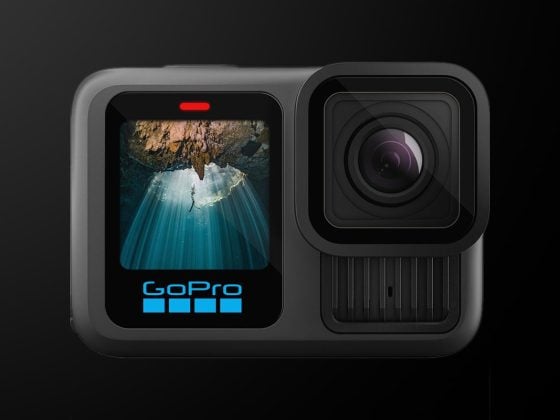The Fujinon 60mm f2.4 is a short telephoto macro lens for the Fujifilm X-Mount APS-C mirrorless camera system.
This lens features a fast f2.4 aperture with 9 aperture blades and an equivalent field of view of 90mm, making it great for portrait and product photography. Its excellent corner-to-corner sharpness also means landscape photographers will find great use for it.
The Fujifilm 60mm is a short telephoto jack-of-all-trades lens because it can do almost anything without serious negative characteristics.
Fujifilm 60mm f2.4 Macro Lens Stats
Focal Length: 60mm equivalent to 90mm
Aperture Blade: 9 aperture blades
Minimum Focus Distance: 10.51″
Elements: 10 elements in 8 groups – Aspherical and ED
Coatings: Super EBC coating
Focus: Auto
CPU Contacts: Yes
Pros: Consistent sharpness across the frame – fast – great build quality – good close focusing – beautiful bokeh
Cons: Some pincushion distortion – a lot of focus hunting – large lens hood
Fujifilm 60mm f2.4 Macro Lens – Amazon / Adorama / BHphoto
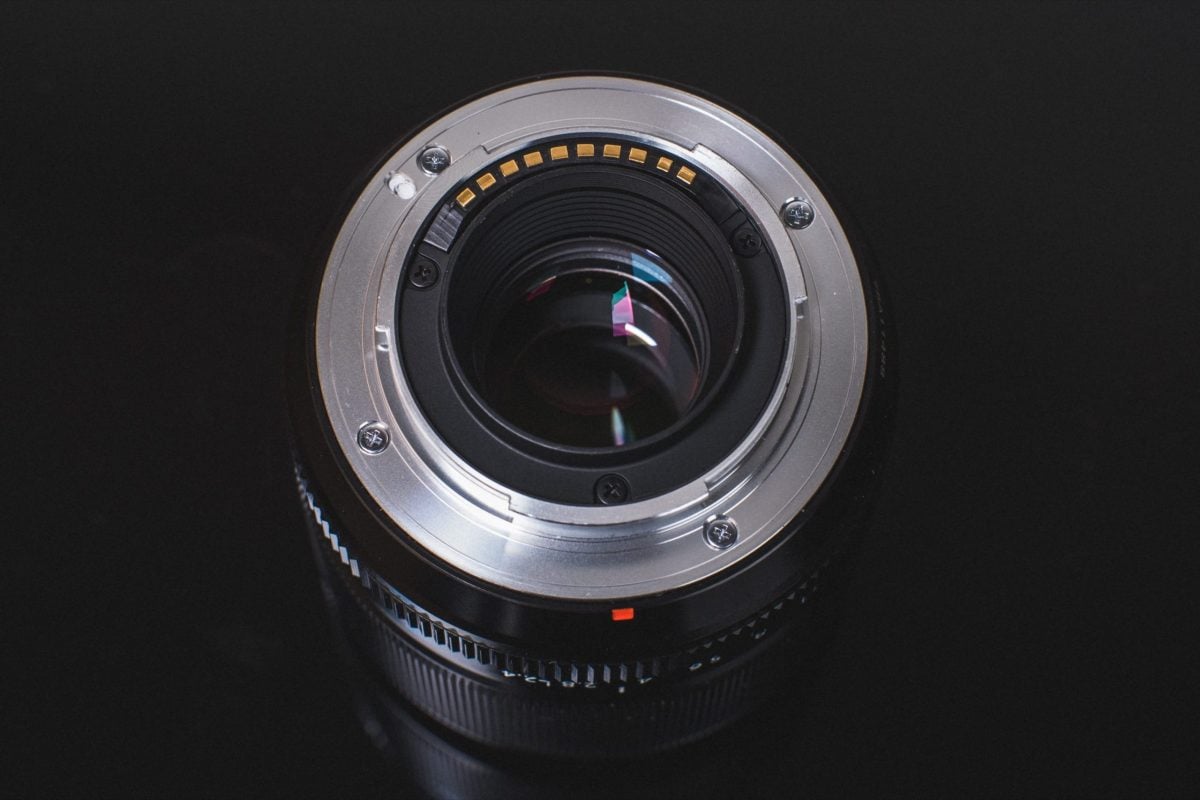
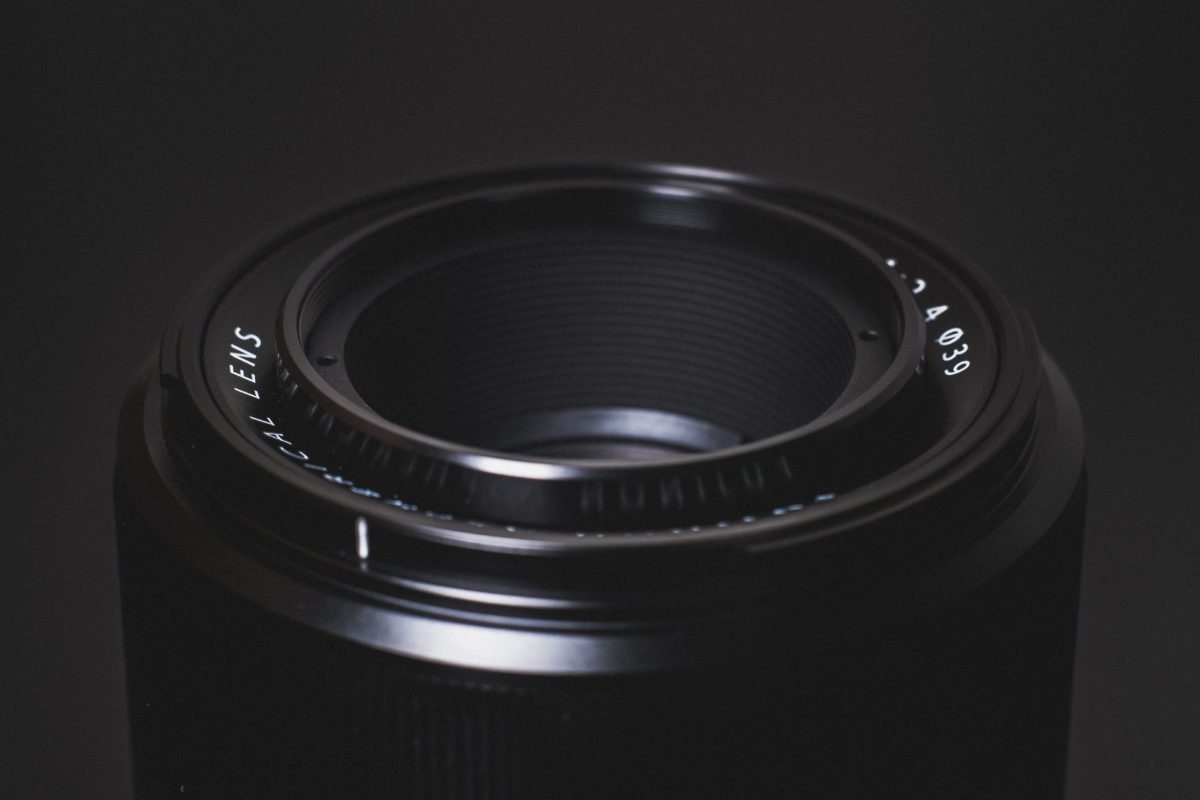
Fujifilm 60mm f2.4 Macro Lens Review | Impressions
The Fujinon 60mm f2.4 is sort of an underdog lens. It’s not talked about much, and it seems both the Fujifilm 56mm f1.2 and the 50mm f2 steal all the thunder. That’s not to say the 60mm f2.4 is inferior to either of those lenses. Sure, it’s not as fast as the 56mm f1.2 or the 50mm f2, but it’s a lot more versatile than either of these lenses, and I’ve found it to be one of my most used lenses.

I find the lens great for all the product shots on this blog and love it for travel because of the great reach and macro capabilities.
In terms of microcontrast, sharpness, and color rendering, it’s pretty good—nothing mind-blowing, but just good. There is some vignetting wide open, but corner-to-corner sharpness all around feels good. Ultimately, I would say it’s a very balanced lens in terms of overall characteristics.

Compared to the Fujinon 56mm f1.2, this lens I has better bokeh. Now the 56mm f1.2 of course has great bokeh at f1.2 because its much faster and has 7 rounded aperture blades, but once that lens is closed down and then compared at around f2.8, the 60mm with the 9 blade aperture becomes a slightly prettier lens. It’s also a lot lighter.
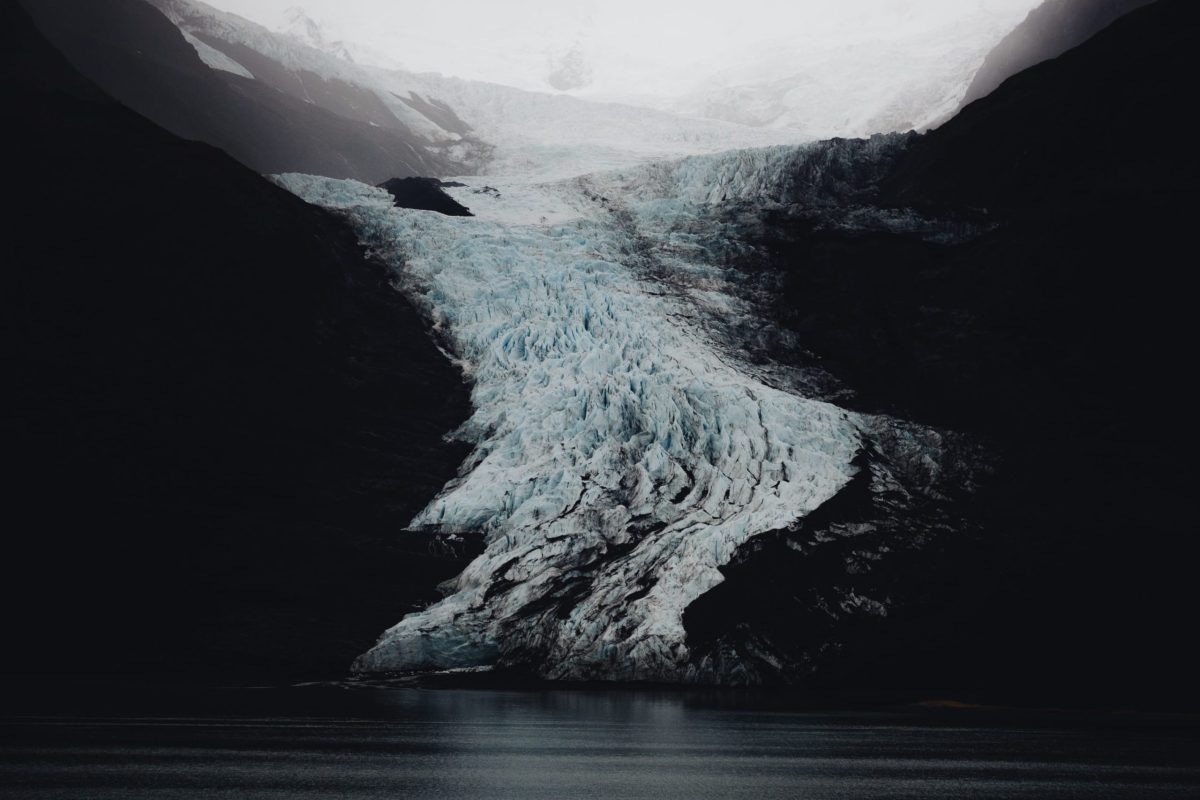
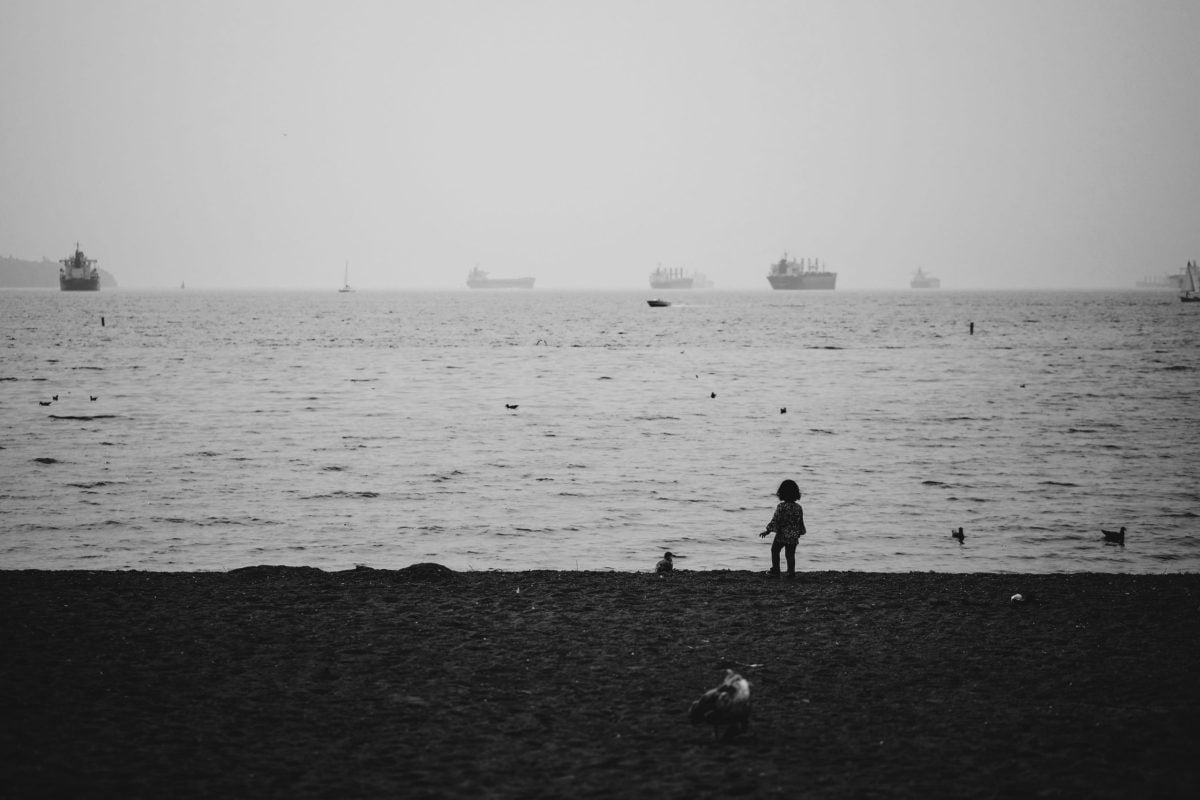
The build quality of this lens is impressive. It definitely feels better than the 56mm because of the all metal lens hood and stiff aperture ring.
With the lens hood attached, the lens becomes very long. This is because the front element protrudes when focusing close, so the hood has to compensate for the length increase of the lens. – One could say the lens just gets a little too excited when shooting macro. 🙂
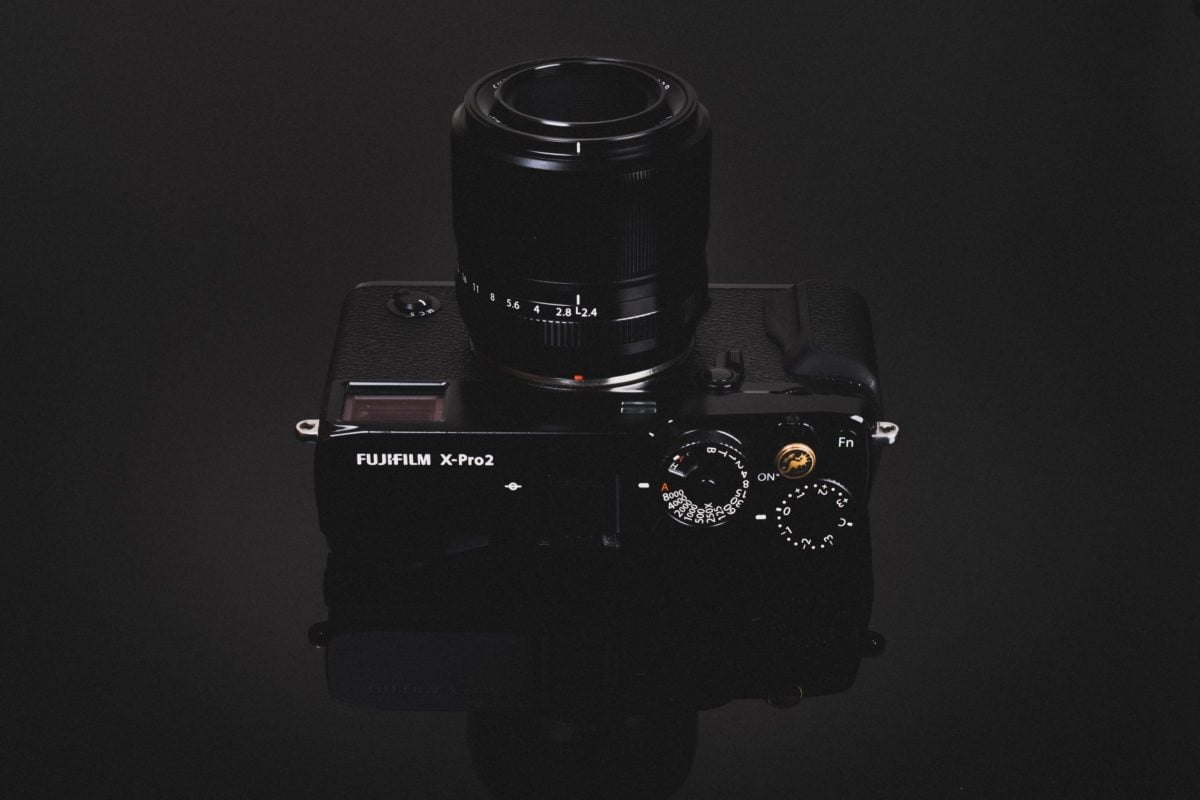
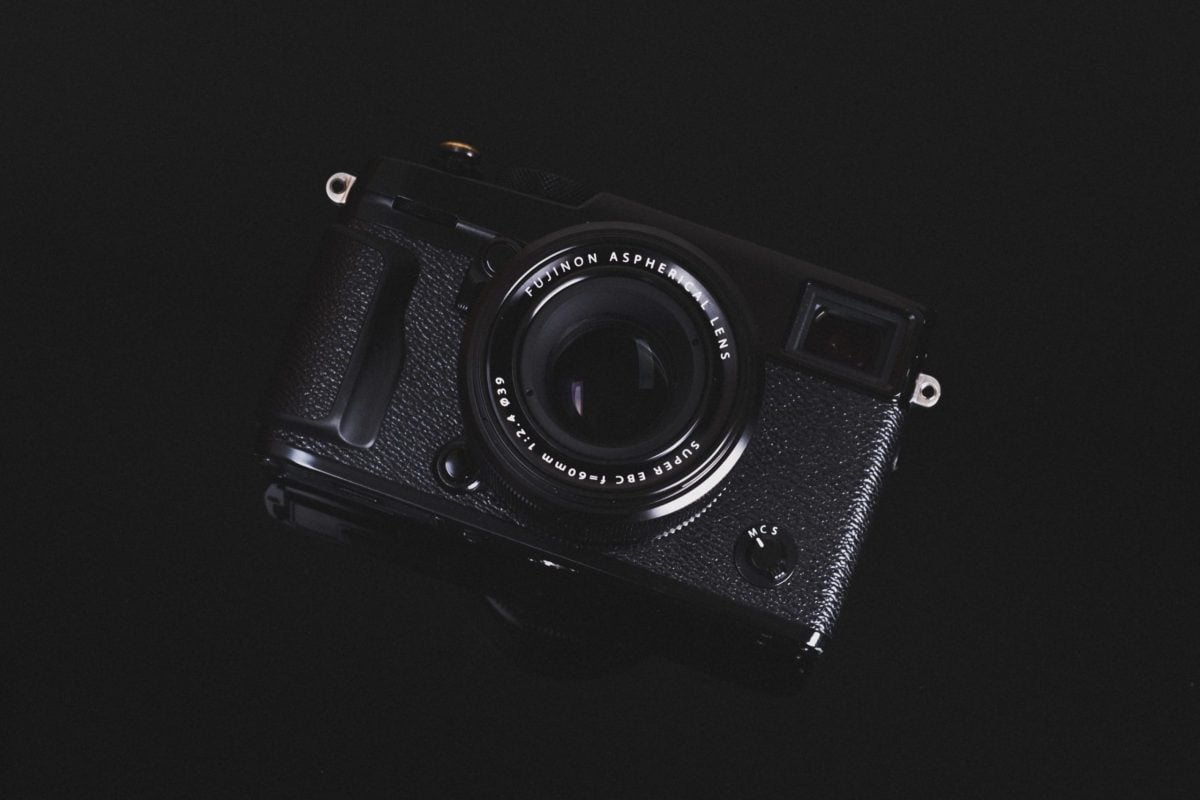
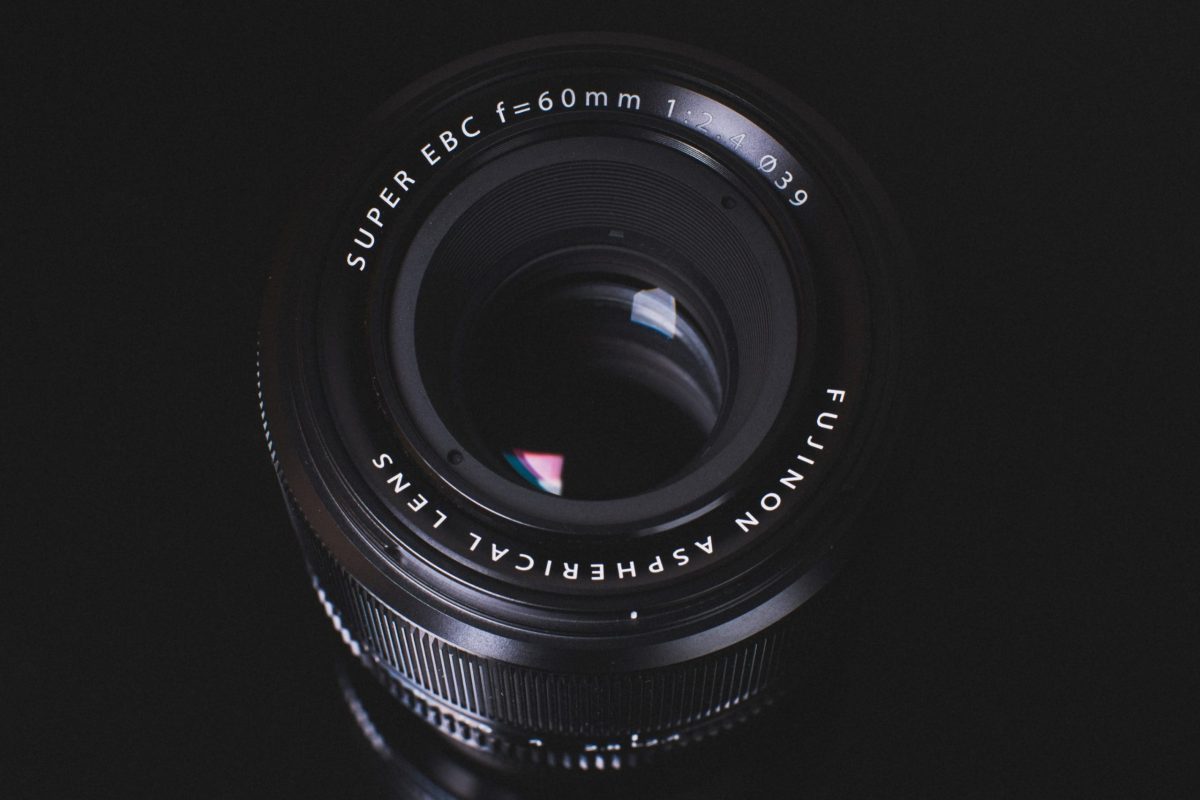
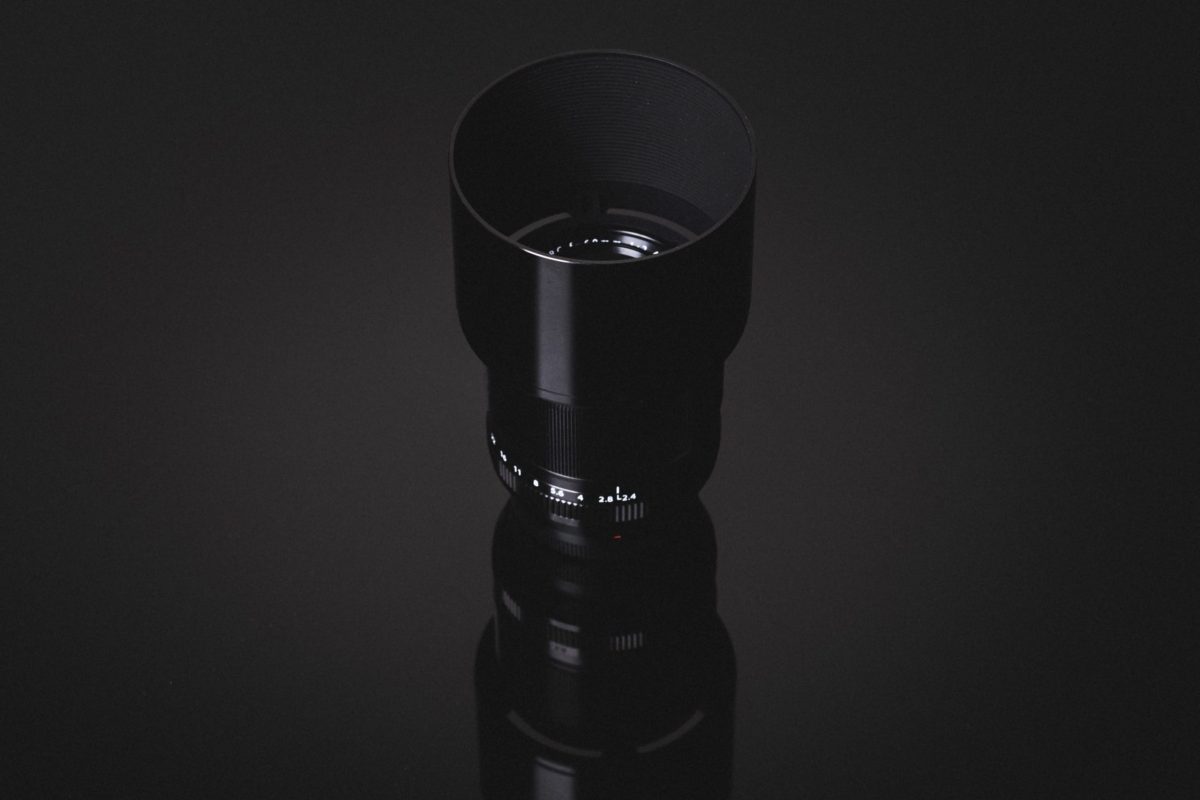
Fujifilm 60mm f2.4 | Image Quality
For the image quality tests I’ve imported the sample images into Iridient developer so that I could remove any baked-in lens profile correction added by the Fujifilm X-Pro 2.
The corners and edges are a little soft at f2.4 and f2.8. By f4, they’ve cleared up and are very sharp. By f8, any softness in the edges is gone. Corner-to-corner sharpness is very good, and there is very little falloff in sharpness between the center and edges.
The sweet spot in terms of sharpness is f4 to f8. At f11, the images begin to lose detail from diffraction.
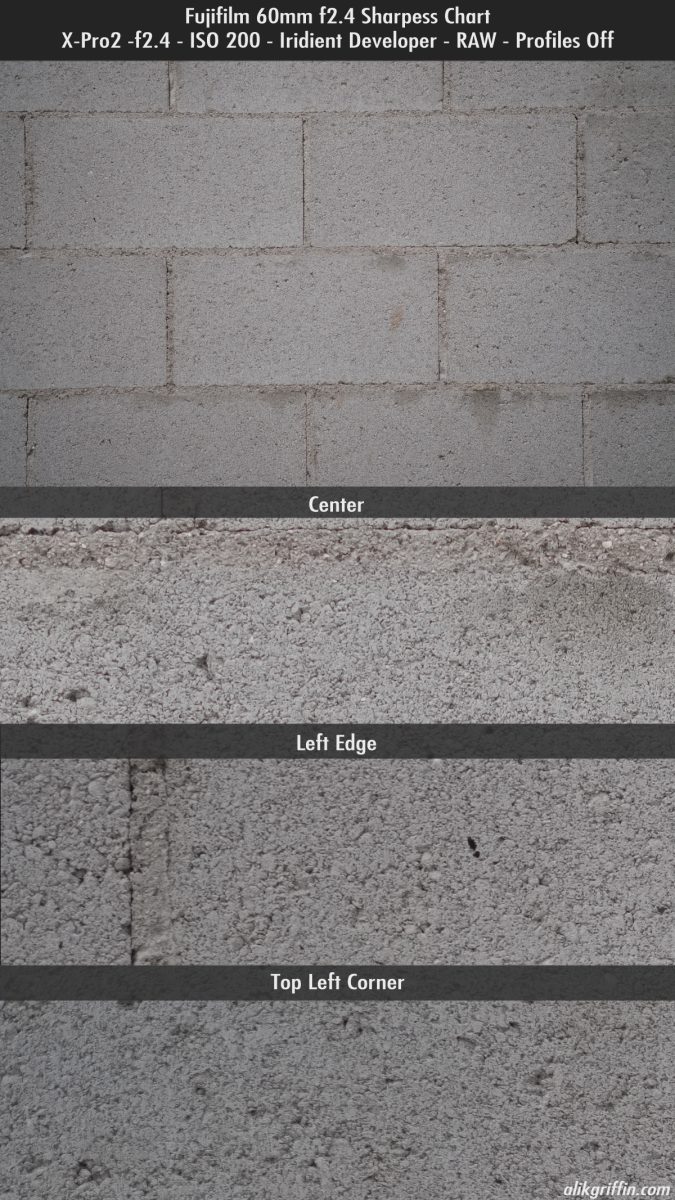
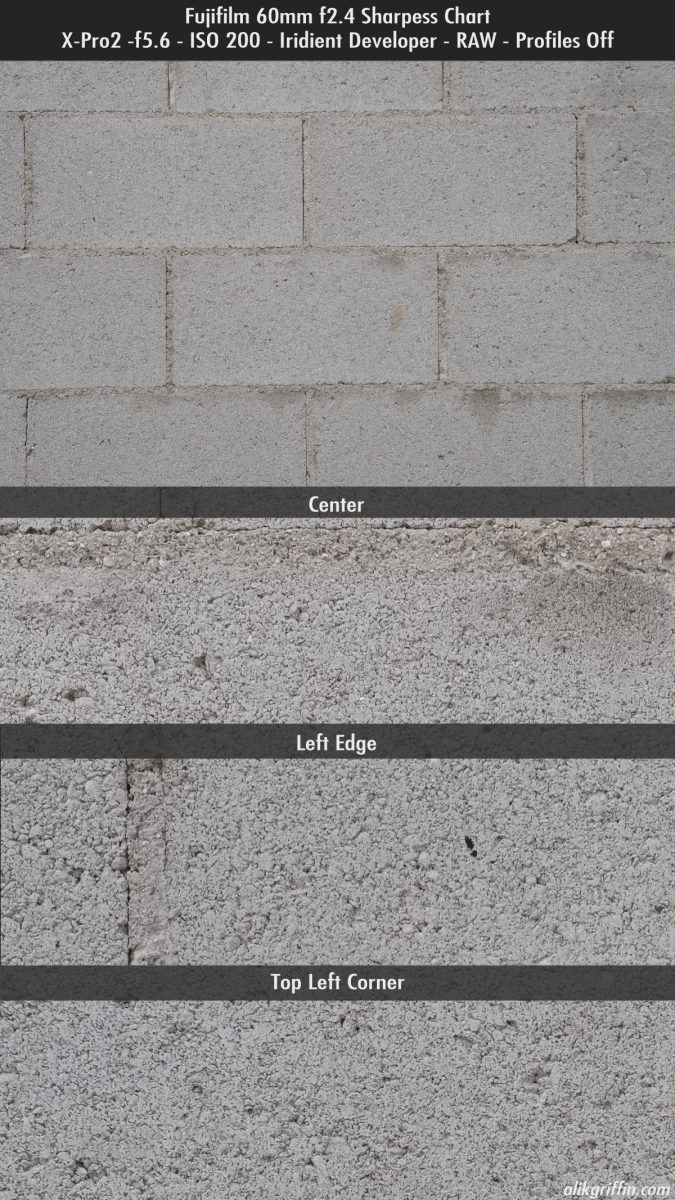
Sharpness Charts

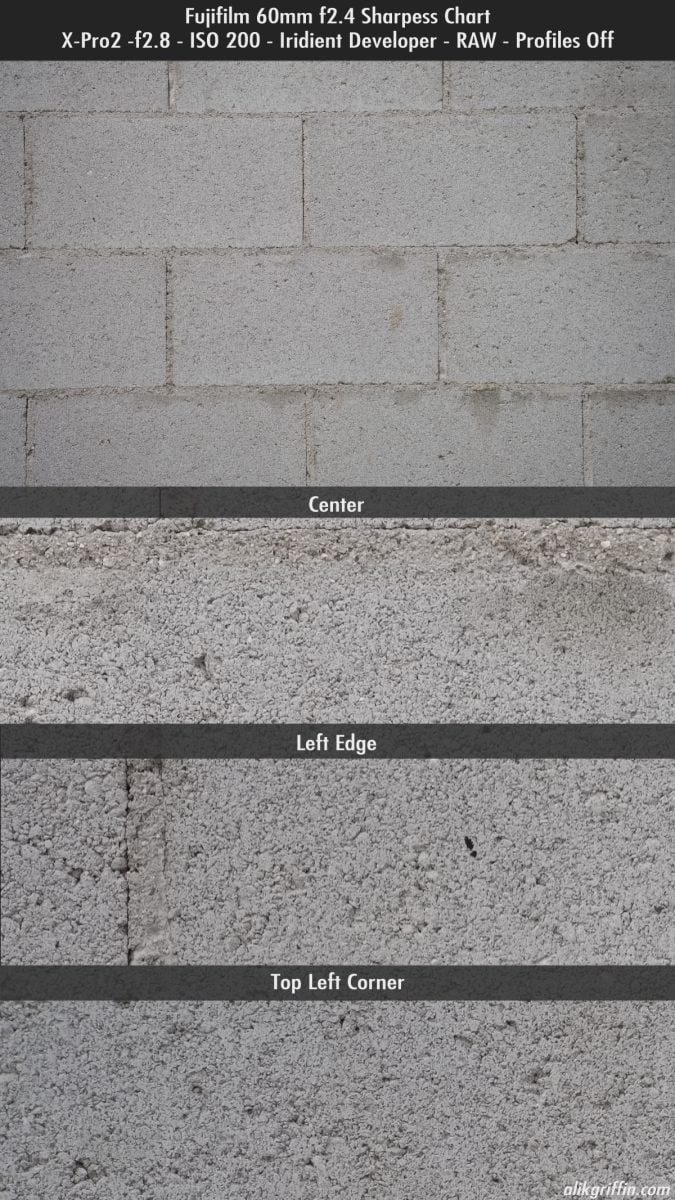
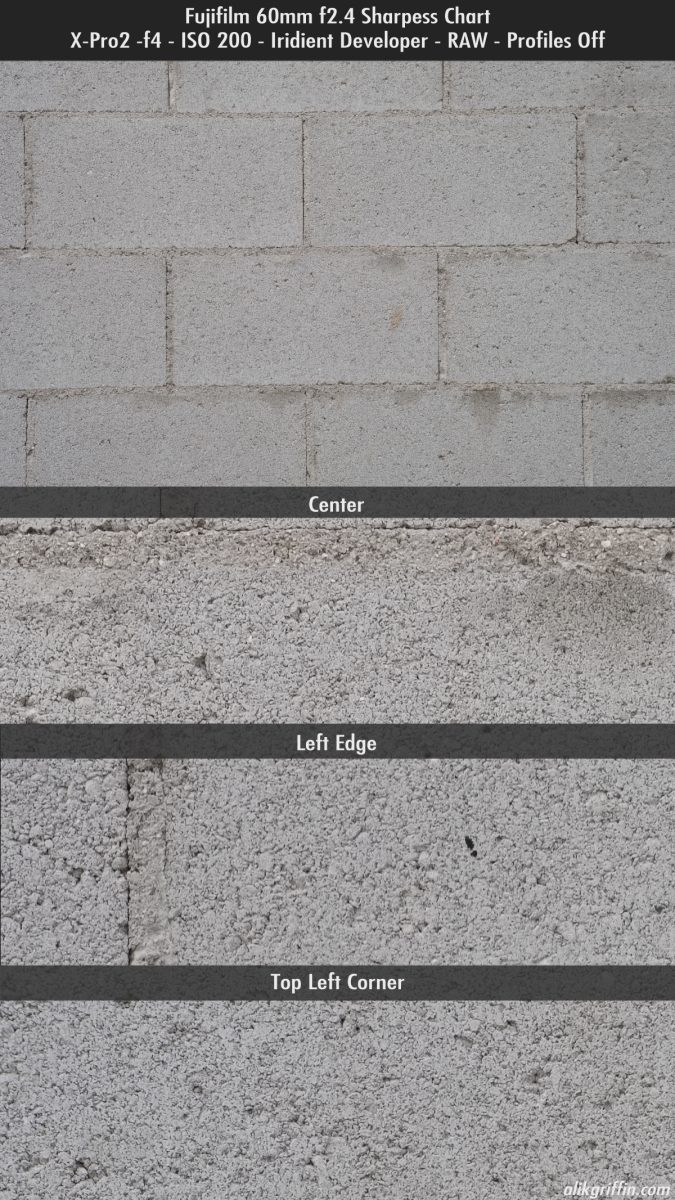

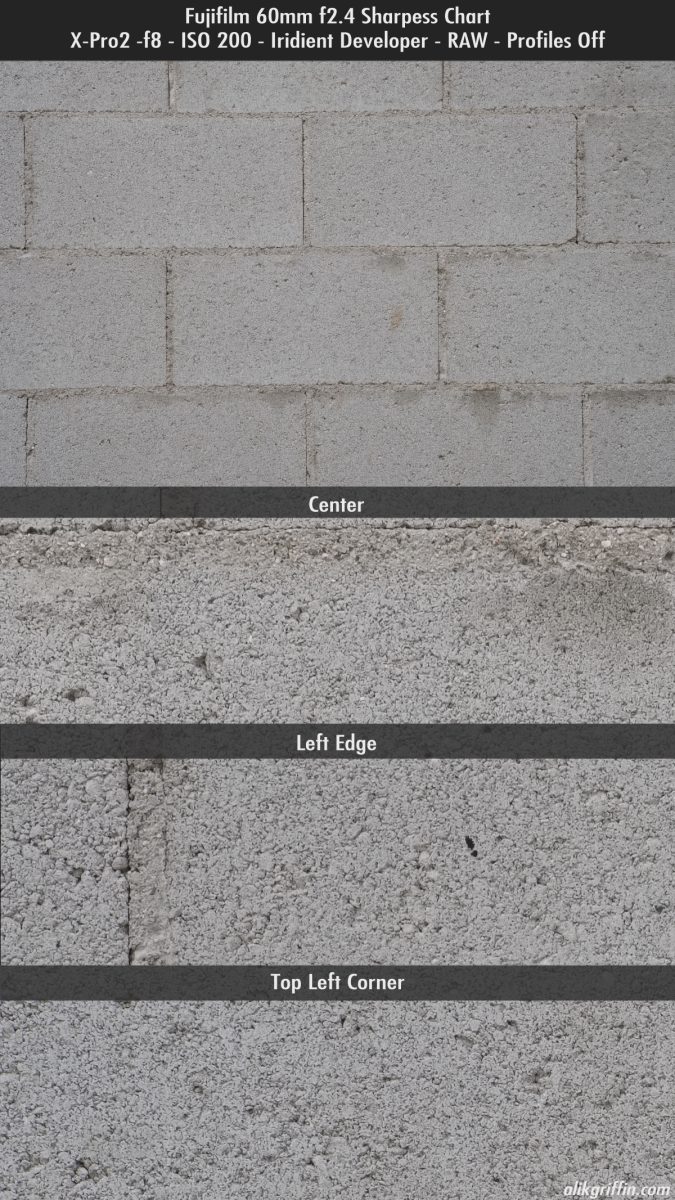
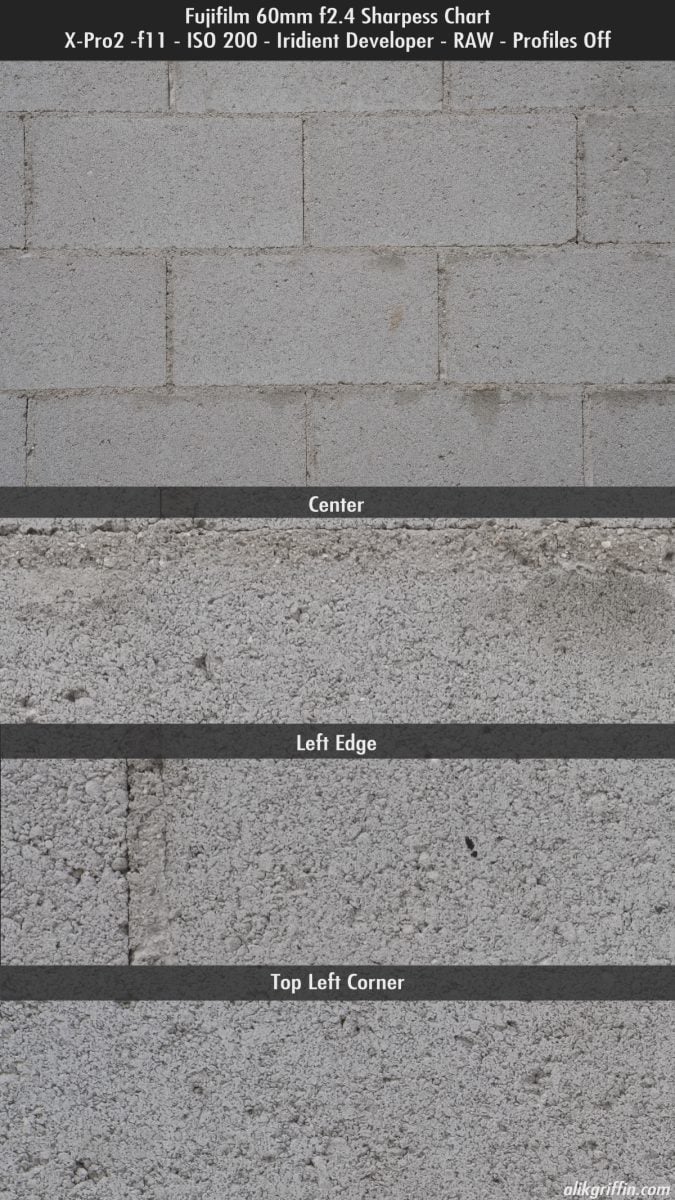
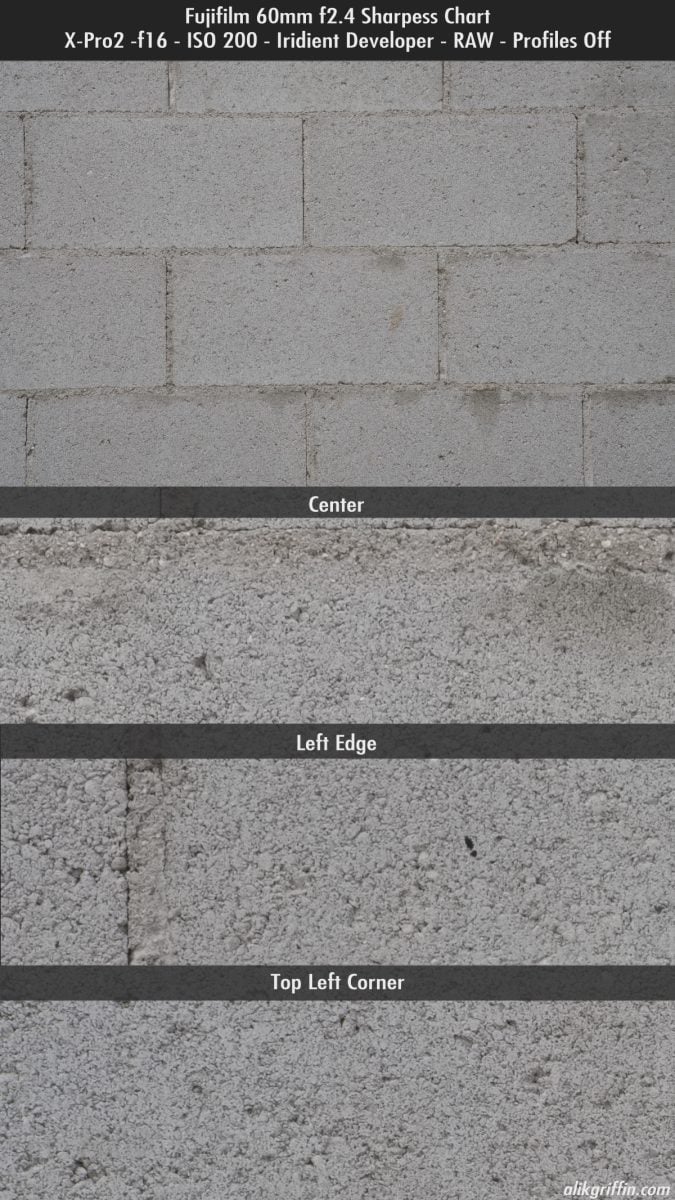
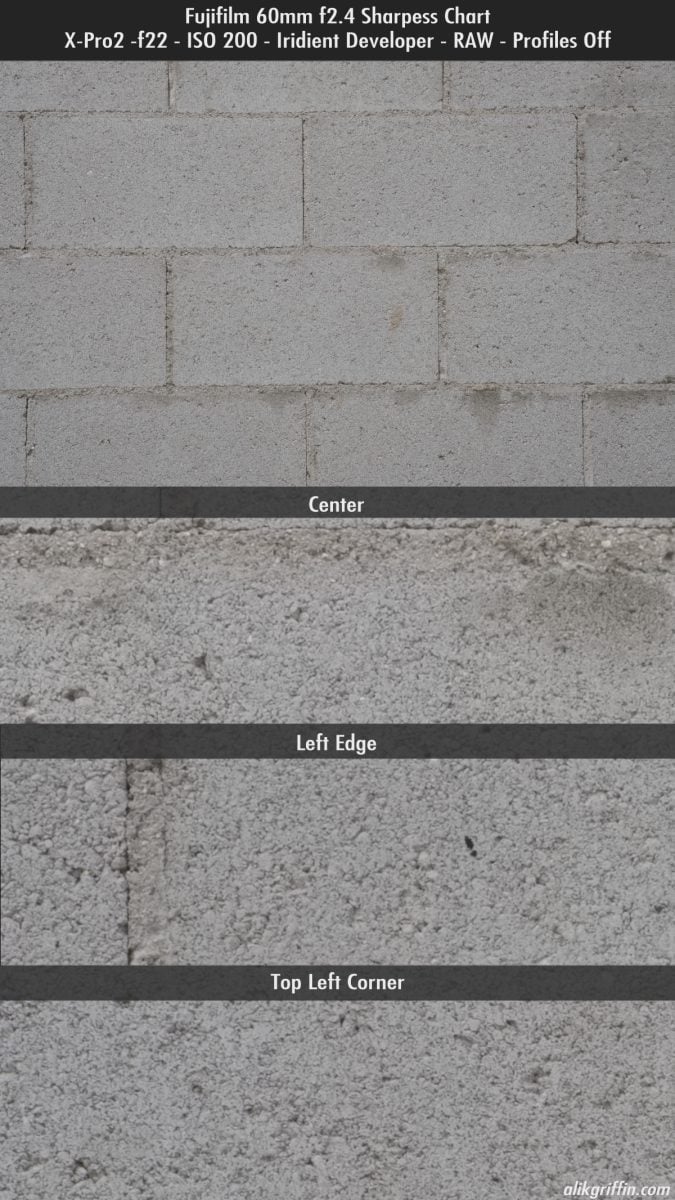
This is a little simpler look at how the lens handles center sharpness and diffraction with a 100% center crop. I would say I was about 10 feet from the cinderblock wall.
There is some noticeable Vignetting at f2.4, it cleans up a little by f2.8 and by f4 it’s mostly gone. In Lightroom or when shooting JPEG you will still have some vignetting at f2.4 and f2.8 but it’s slightly more corrected.
In Iridient Developer you also get a lot more pin cushion distortion when removing the lens profile corrections.
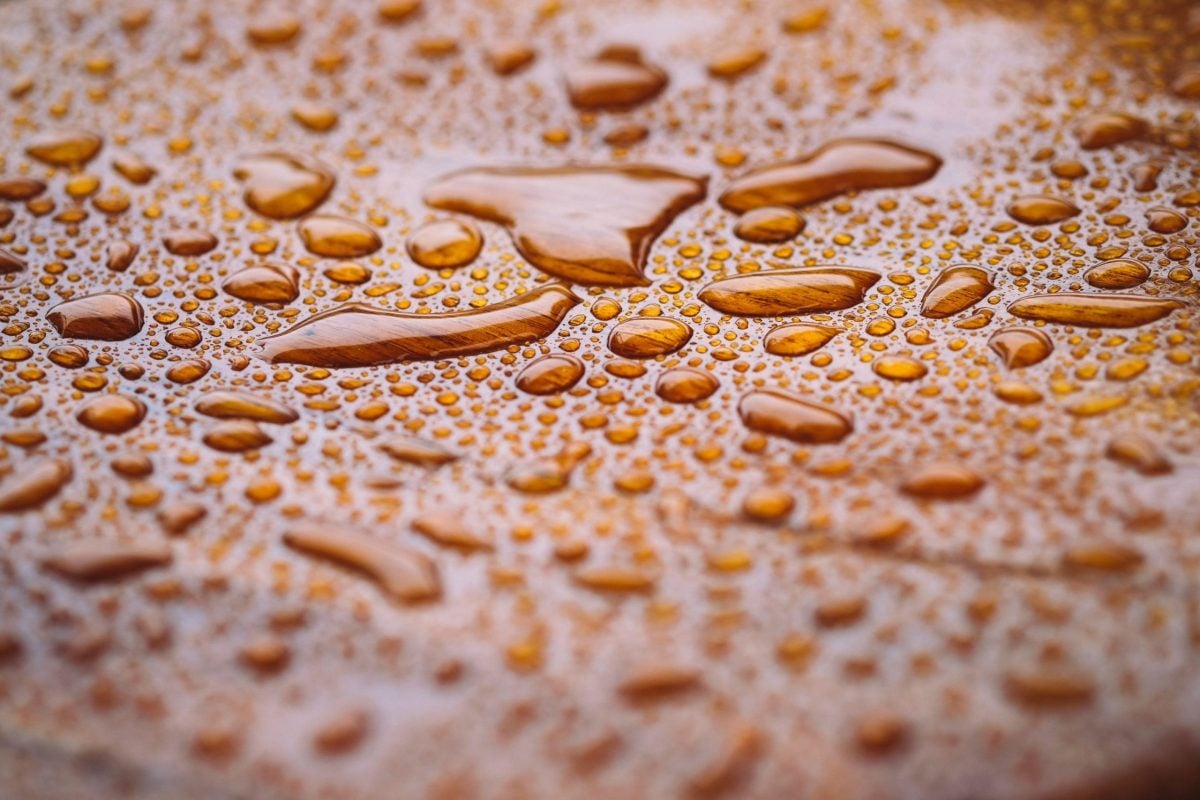
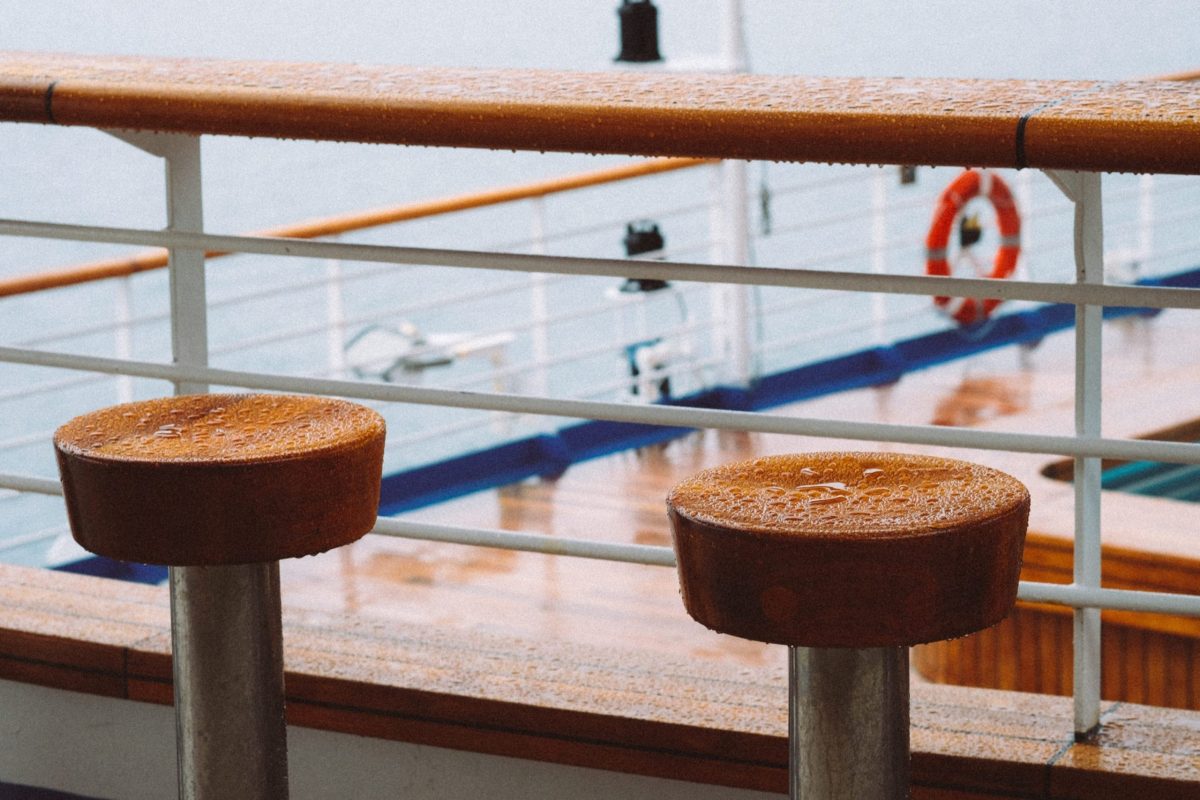
Micro Contrast | Color Rendering
Color and contrast is very nice with the Fujinon 60mm f2.4. Images just drip with saturation. Contrast and micro contrast create very clear and detailed images. It’s hard to quantify these sorts of metrics, but the way I do, it is on overall feel, but also how much I have to push the image in post-processing to get the subject to stand out. With this lens, I don’t have to give the images too much correction in terms of contrast in saturation, and the general look is usually very pleasing.
For these samples, I typically use Classic Chrome; otherwise, I use VSCO’s Portra or Kodak Gold. This set below was processed with Portra.
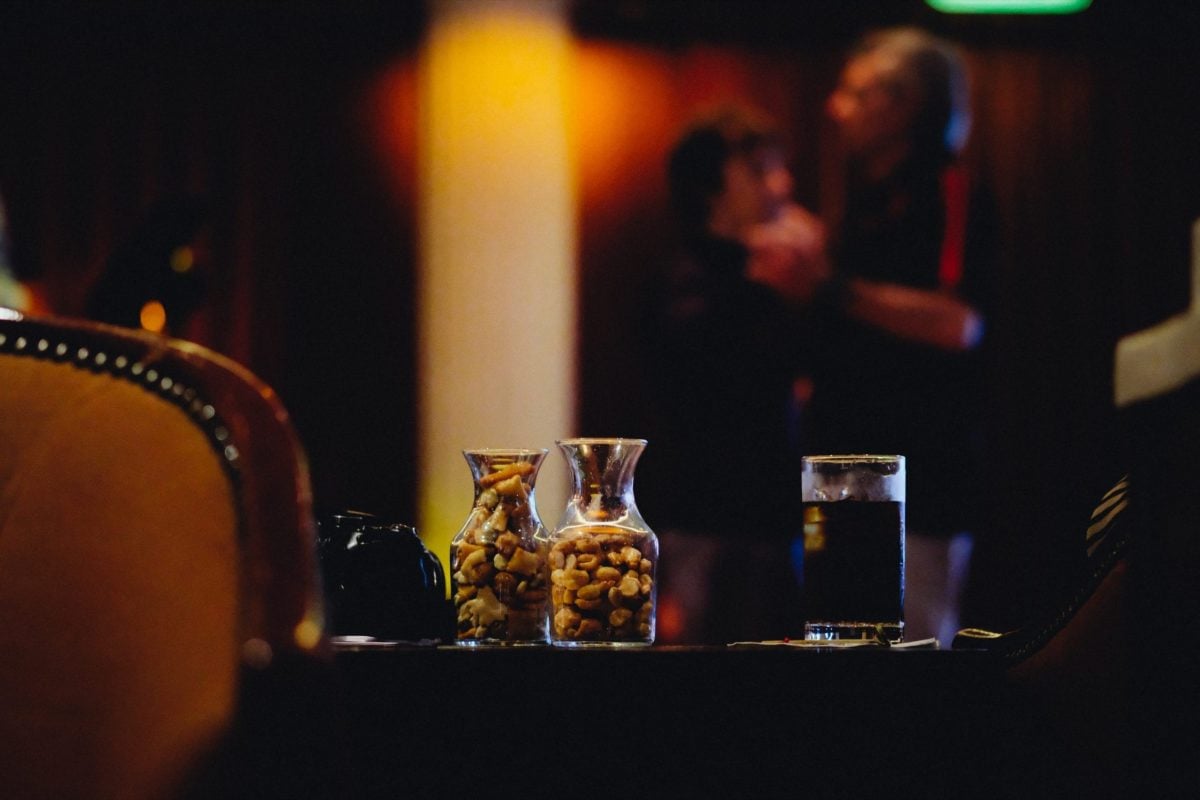
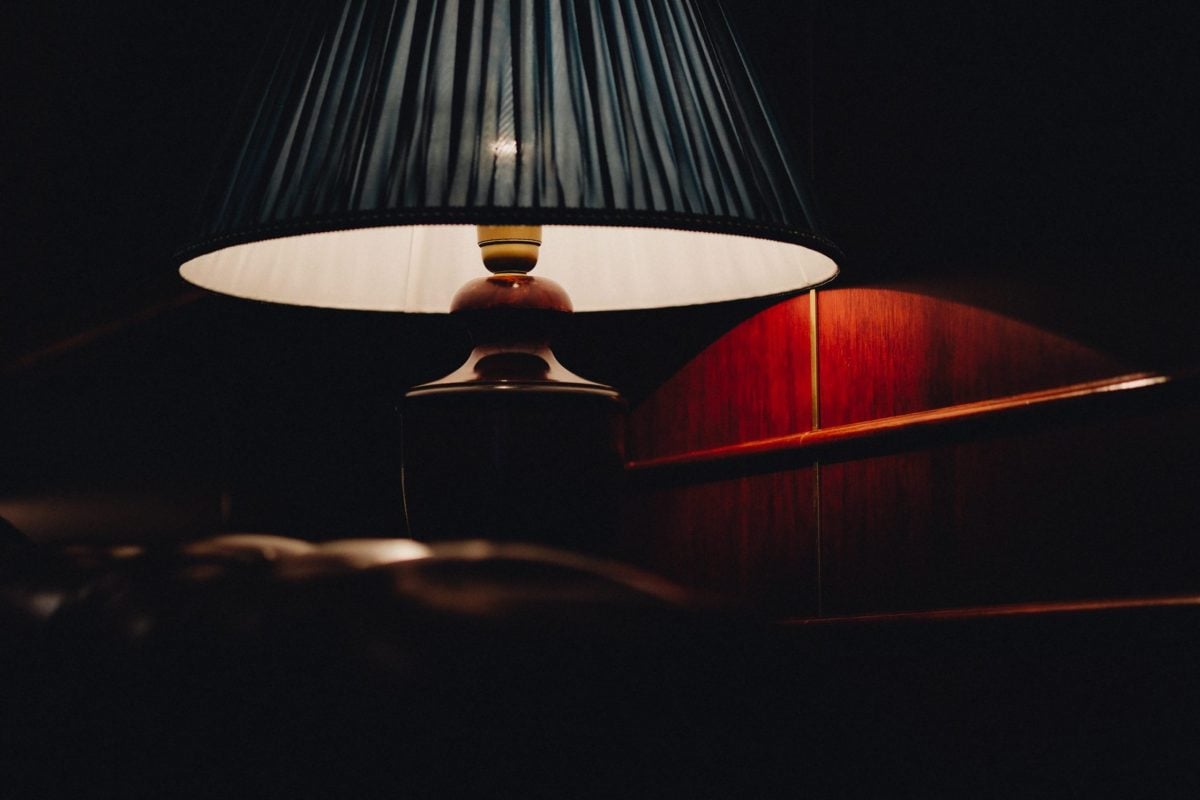
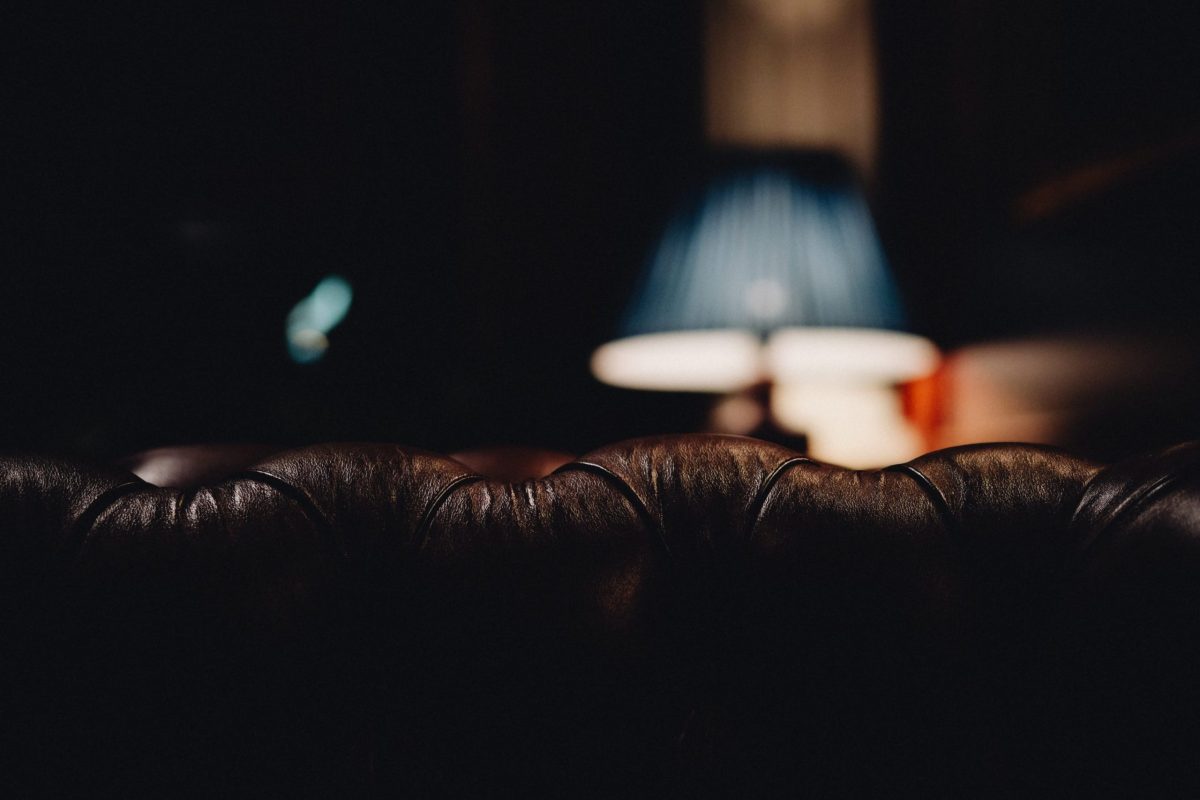

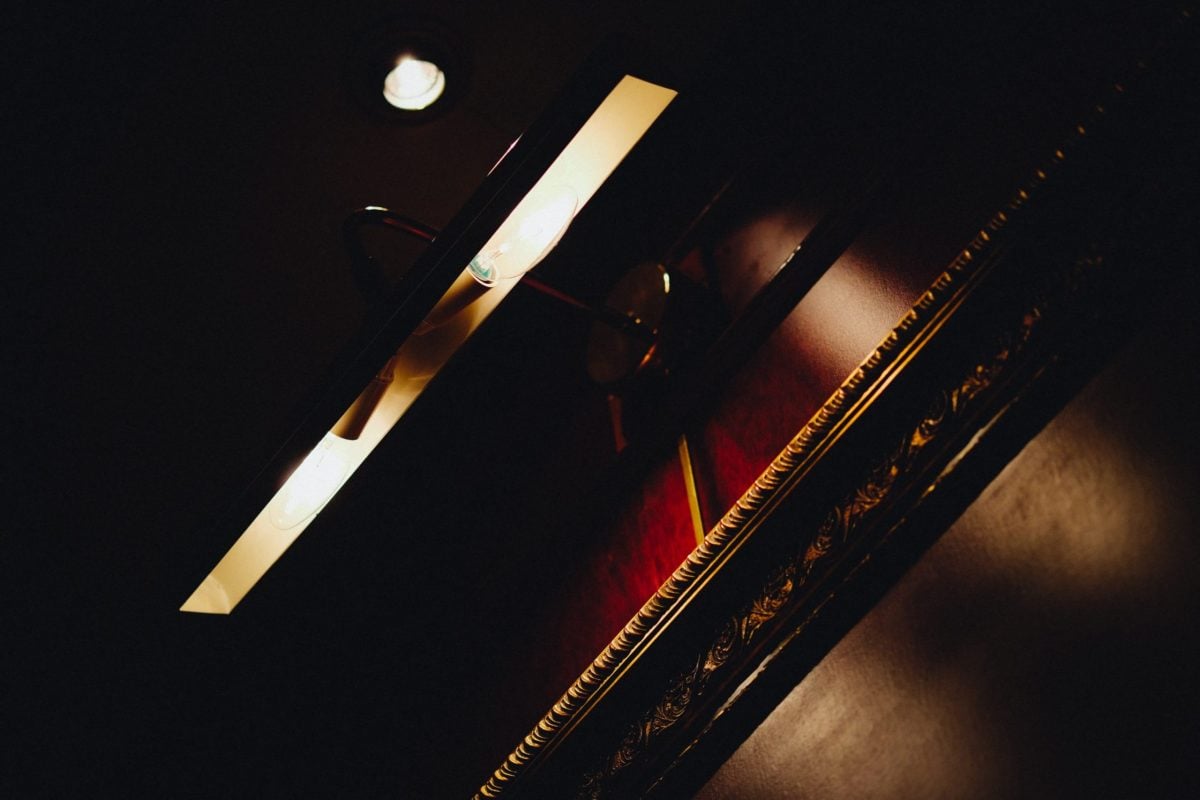
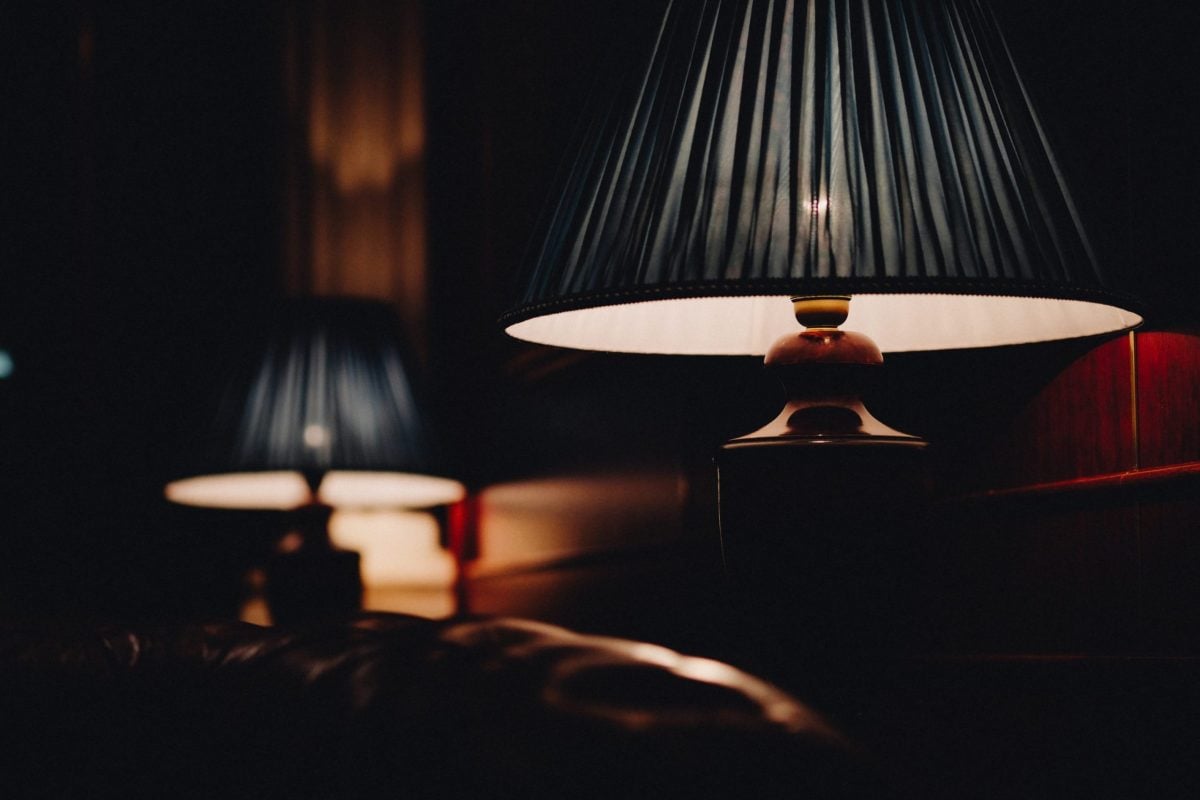
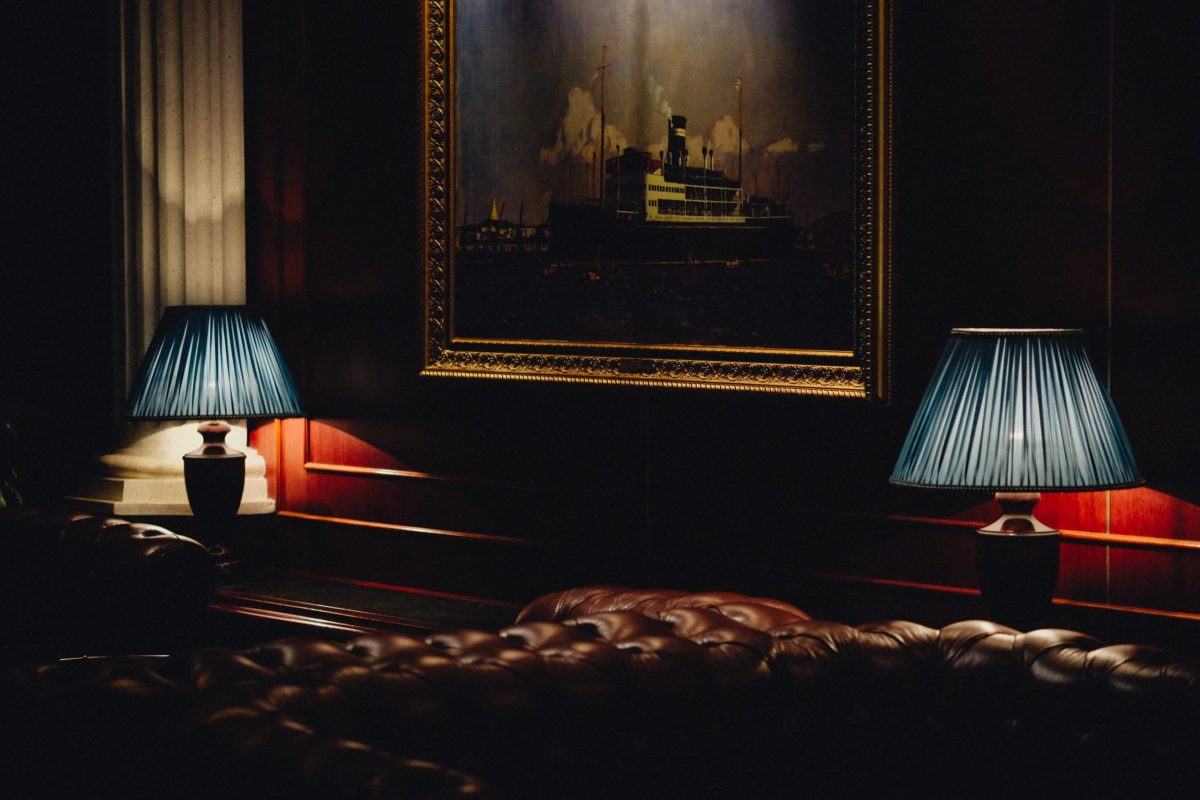
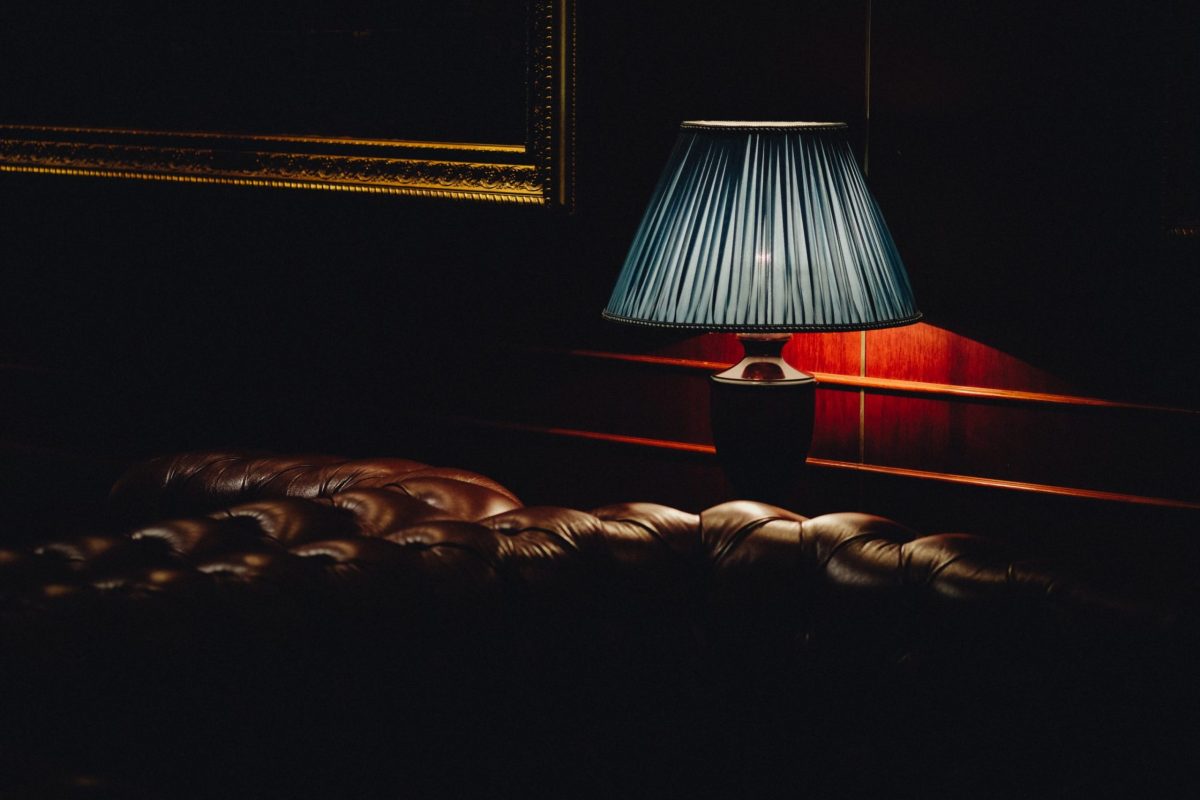
This grungy set was processed with Fujifilm’s Classic Chrome.
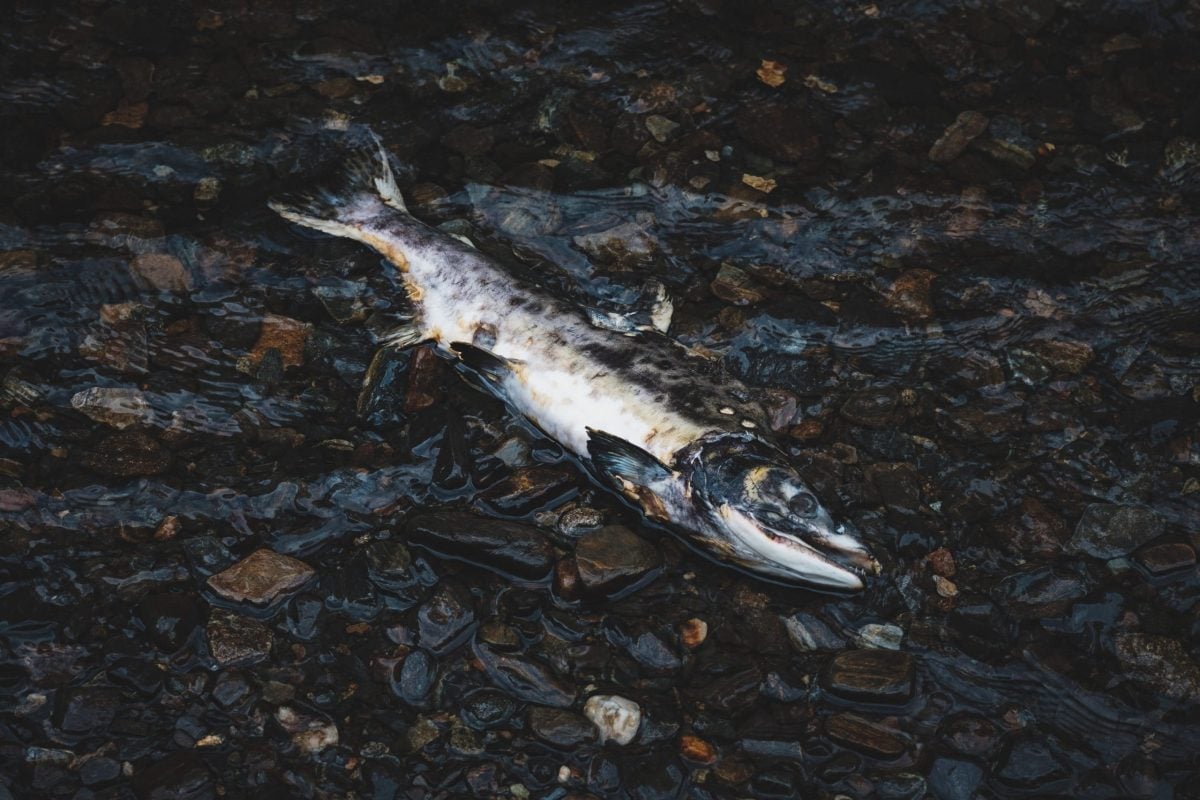
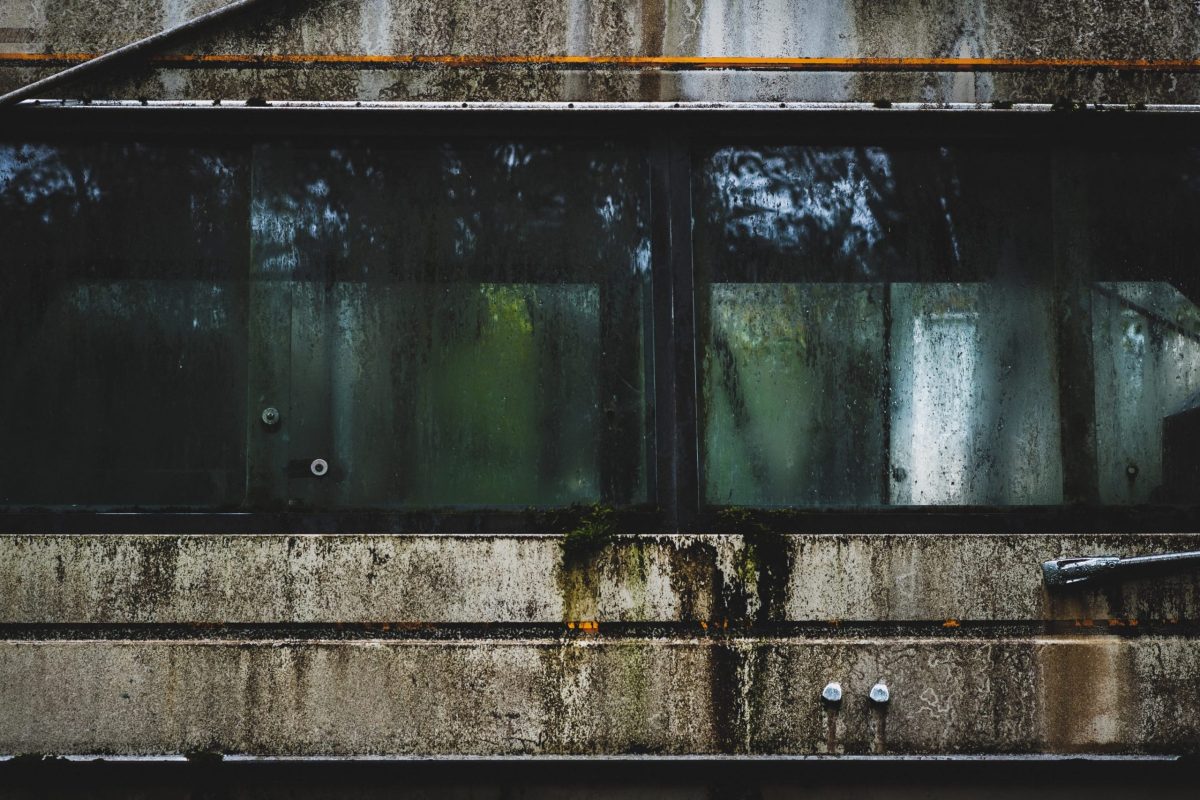
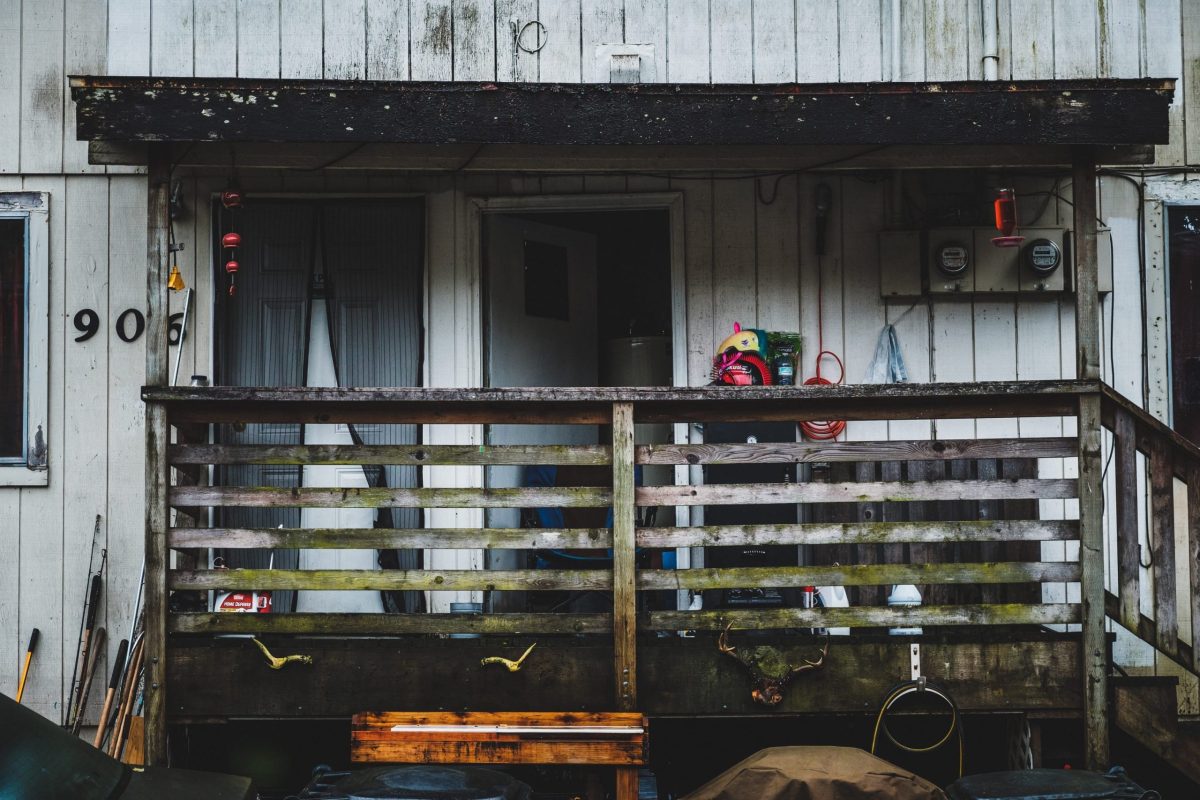
Chromatic Aberrations
The 60mm features both aspherical and ED elements to combat field curvature and chromatic aberrations. Like with all of Fujifilm lenses, the RAW and JPEG files come baked to clear up most issues that aren’t corrected in the lenses.
When brought into Iridient Developer with profiles removed, you can see a touch of aberrations around high-contrast areas. Otherwise, you don’t see any.
Here is a sample with the lens profiles removed in Iridient Developer.
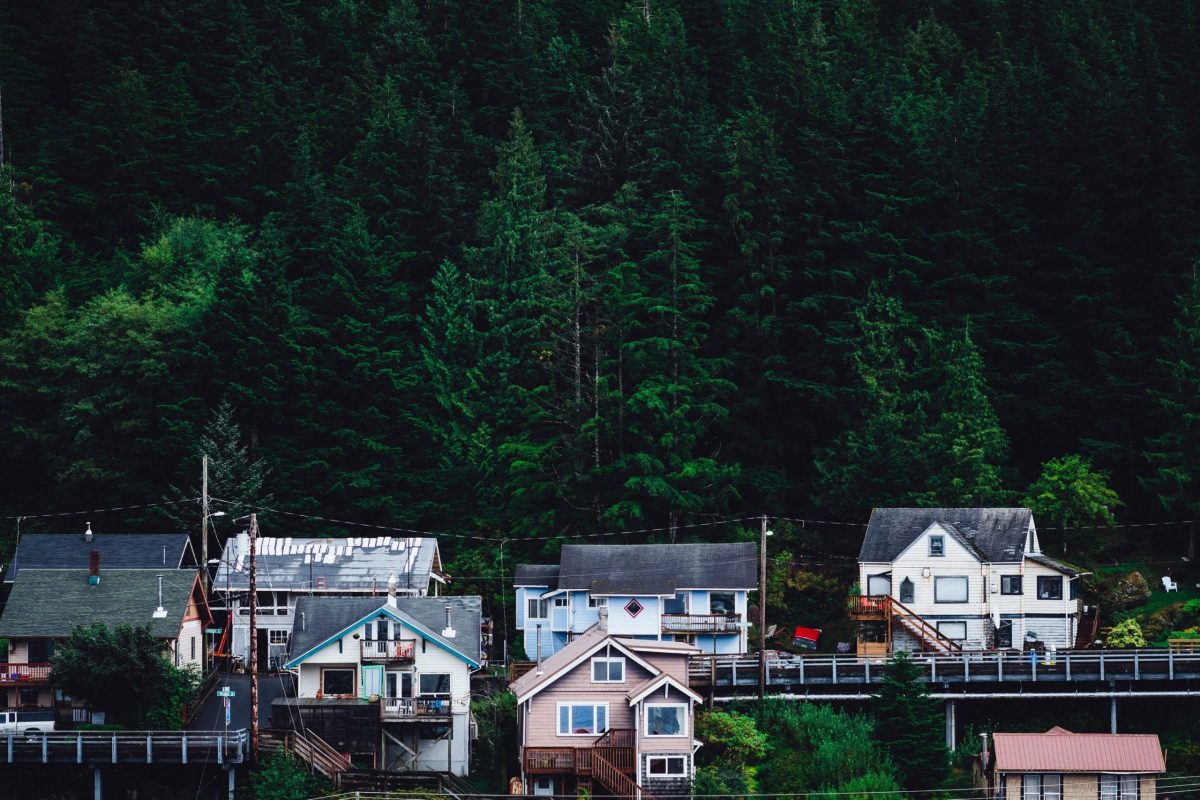
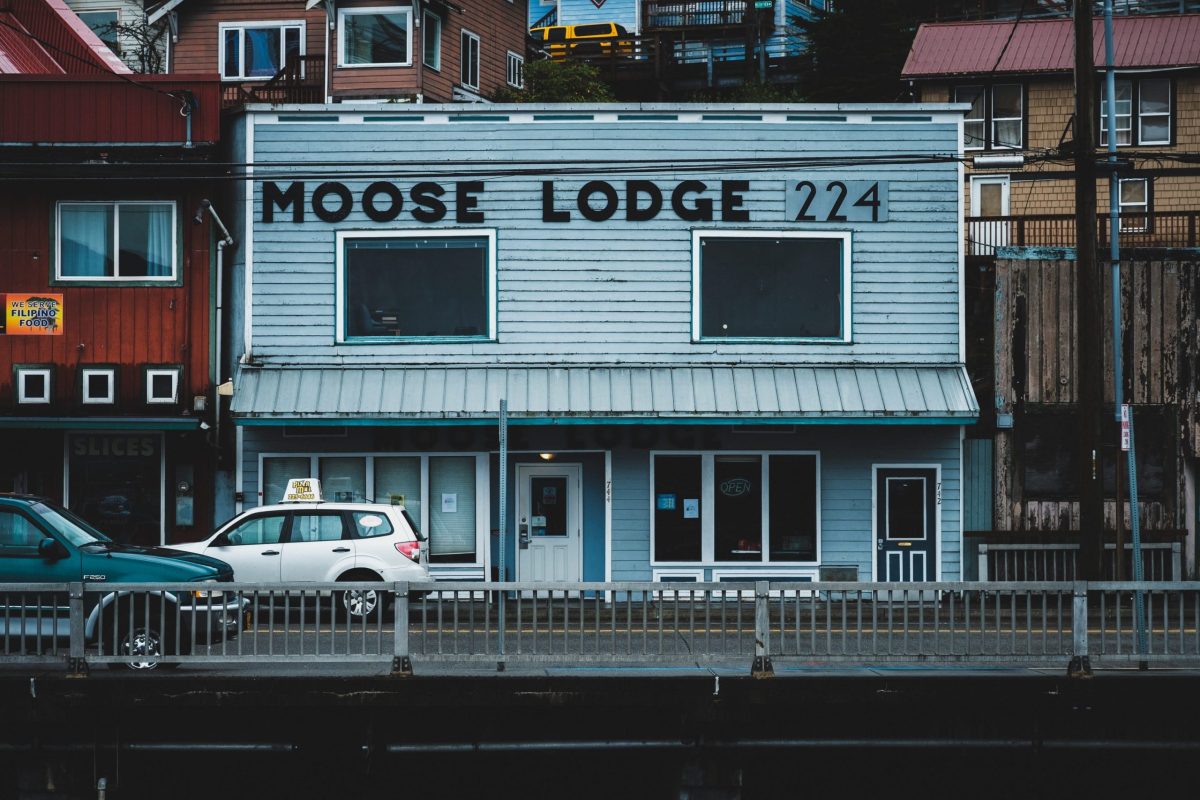
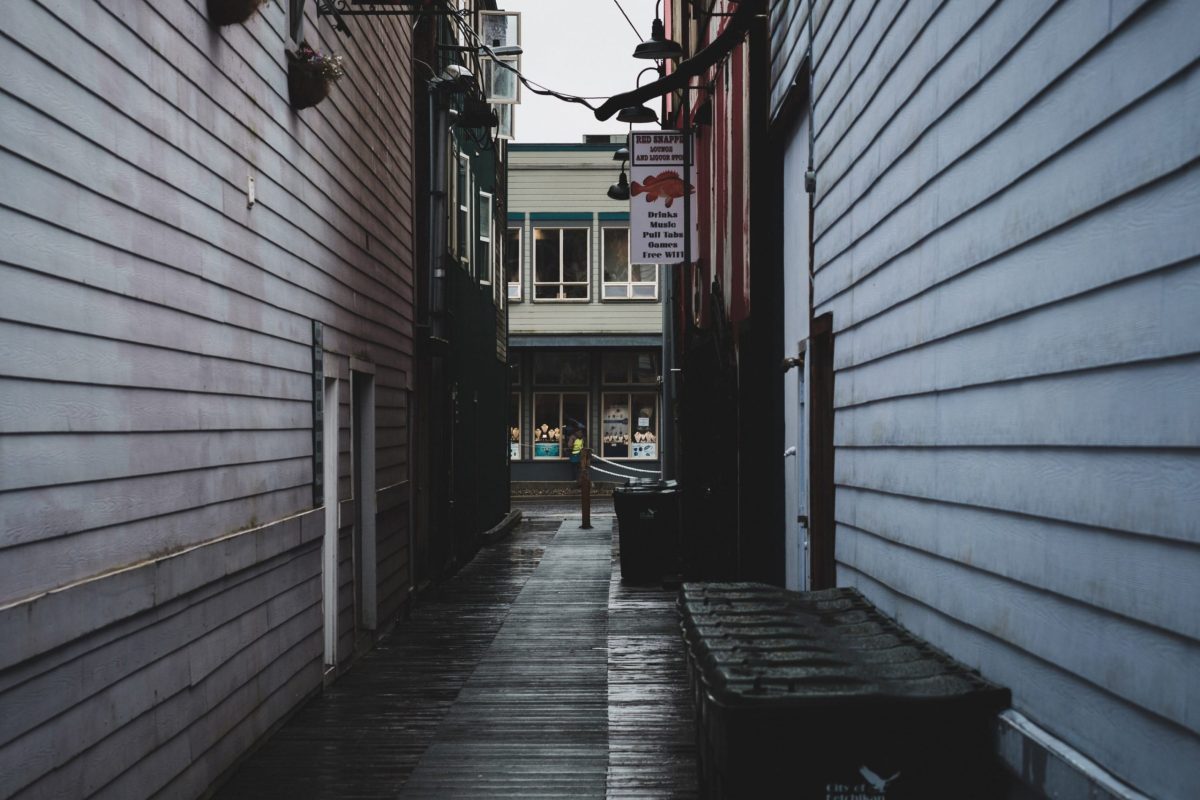
Autofocus
Autofocus speed with any macro does a bit of hunting when going from extreme close to extreme far. Sometimes it will get confused and do more hunting than it needs to, but for the most part, it was capable of tracking and keeping track of my wild little two year old on my X-Pro 2.
That’s pretty good considering it does not feature Fujifilm’s latest generation of focus technology.
These samples show how this lens is great for portrait photography, with a 90mm equivalent field of view and beautiful bokeh.
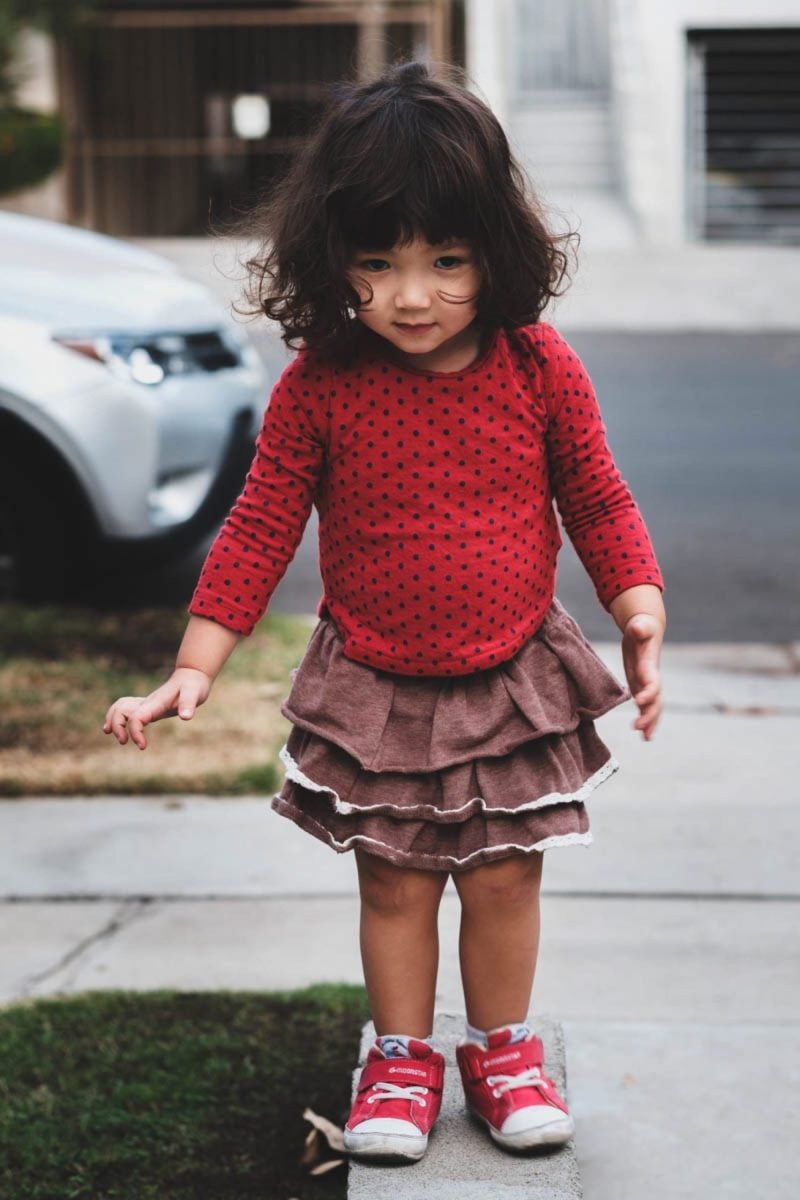
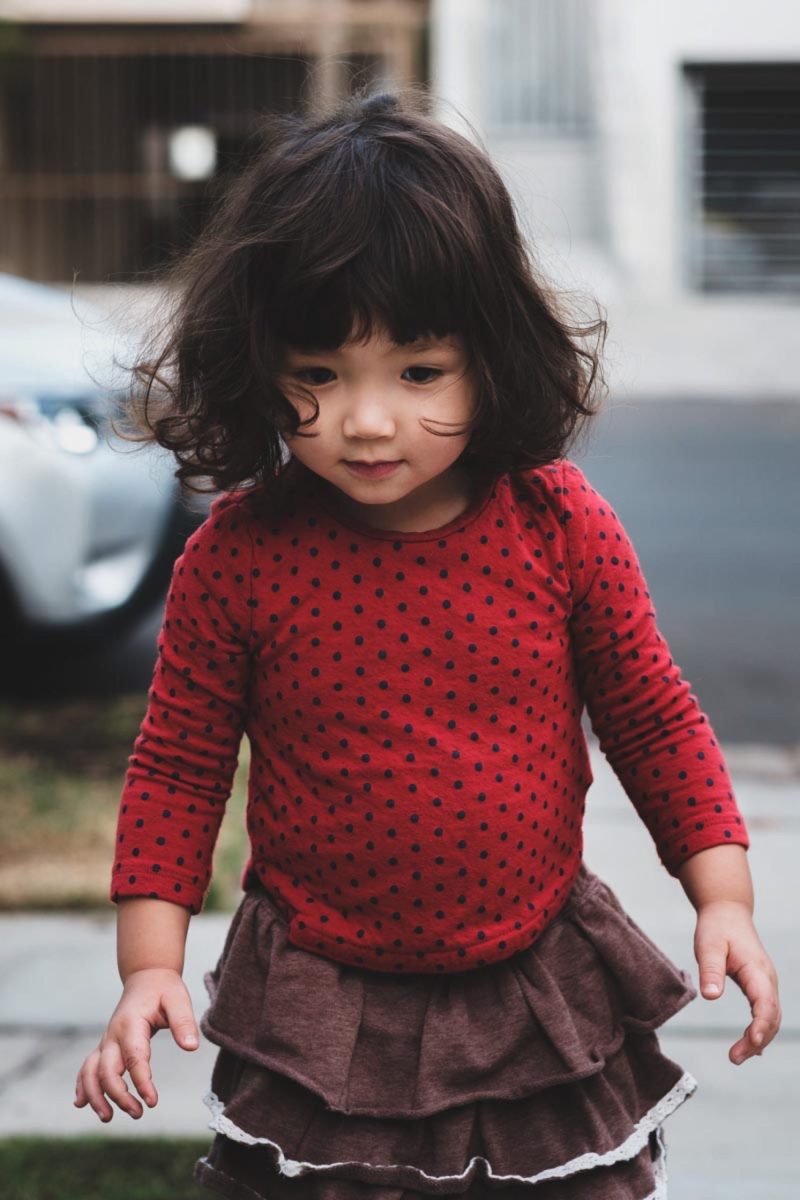
Bokeh
The bokeh is very rich and smooth. It is not too noisy, and in the right conditions, there is a very subtle swirl to it.
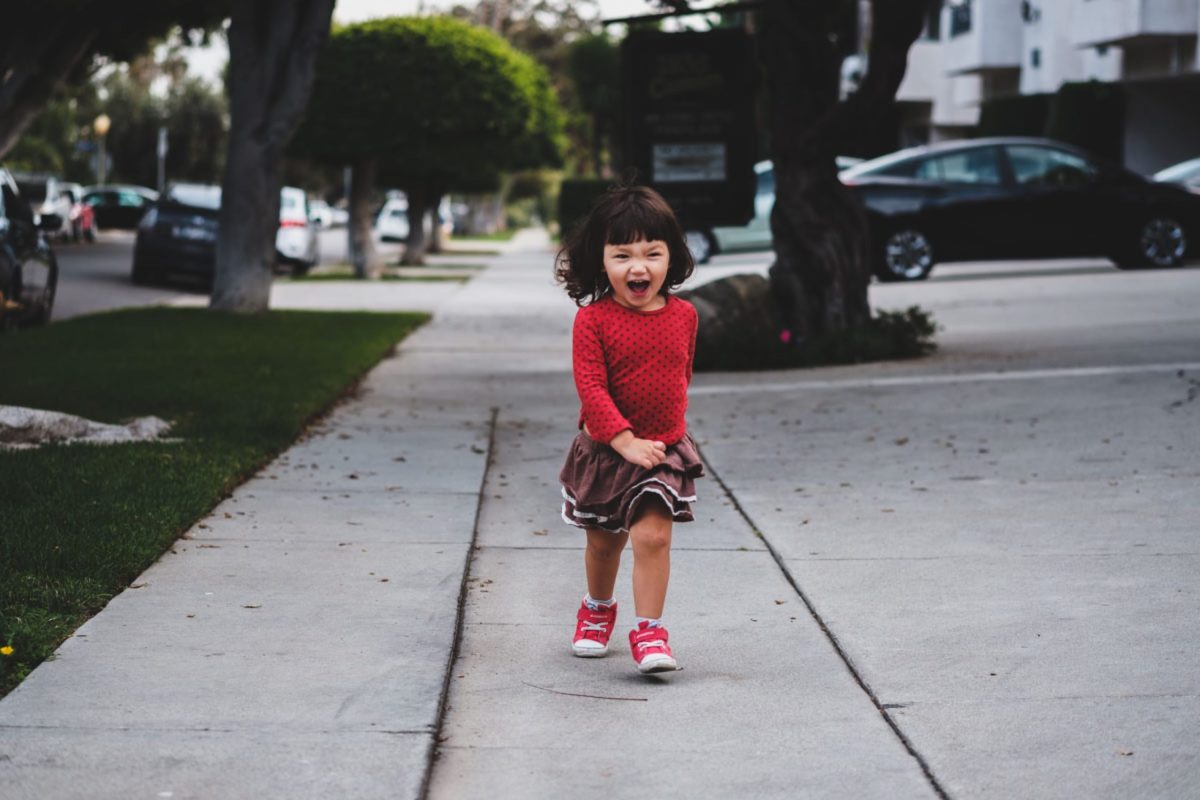
Macro
The macro capabilities of this lens are good but not great. You still need to keep the lens a 10.5 inches or 26.7 cm from your subject to get focus. That’s fine for most product photography, but this won’t give you the extreme macro needed for insect photography. You could use this lens with the MCEX-11 extension tube and get even closer.
Here are some samples of familiar objects shot with the maximum macro capabilities of this lens.

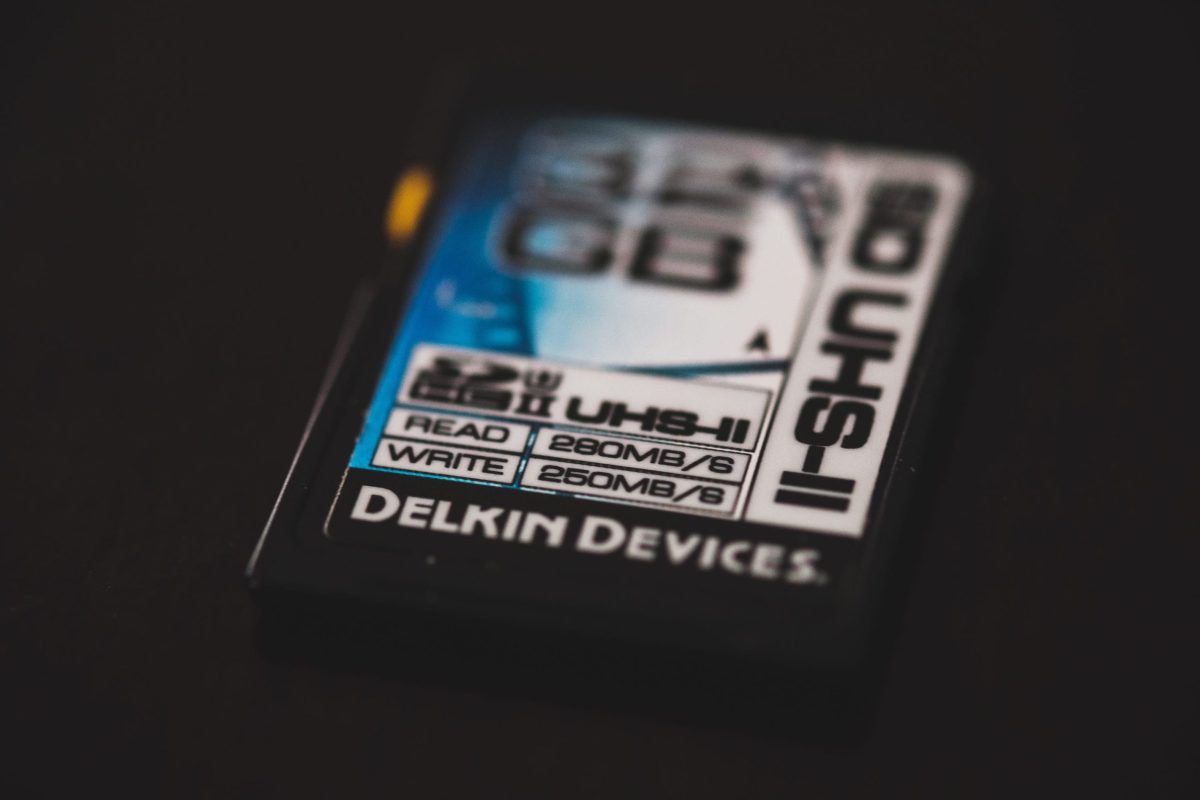
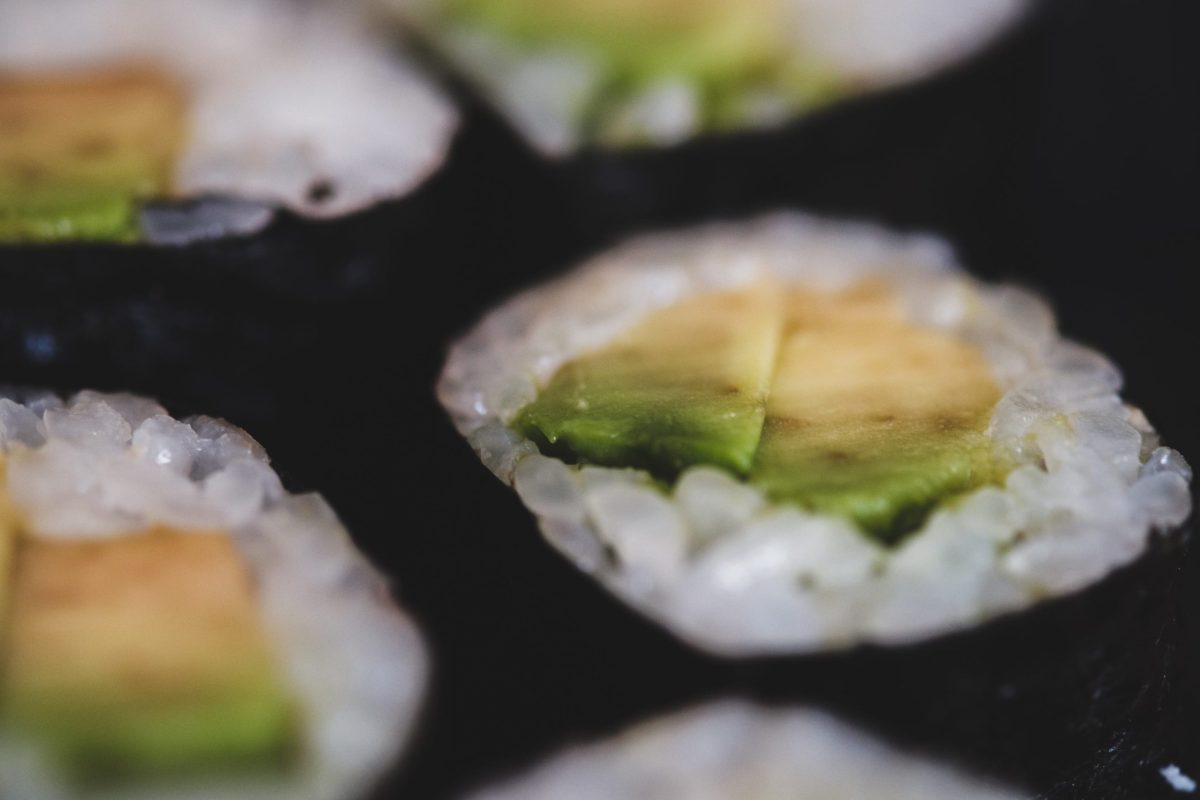
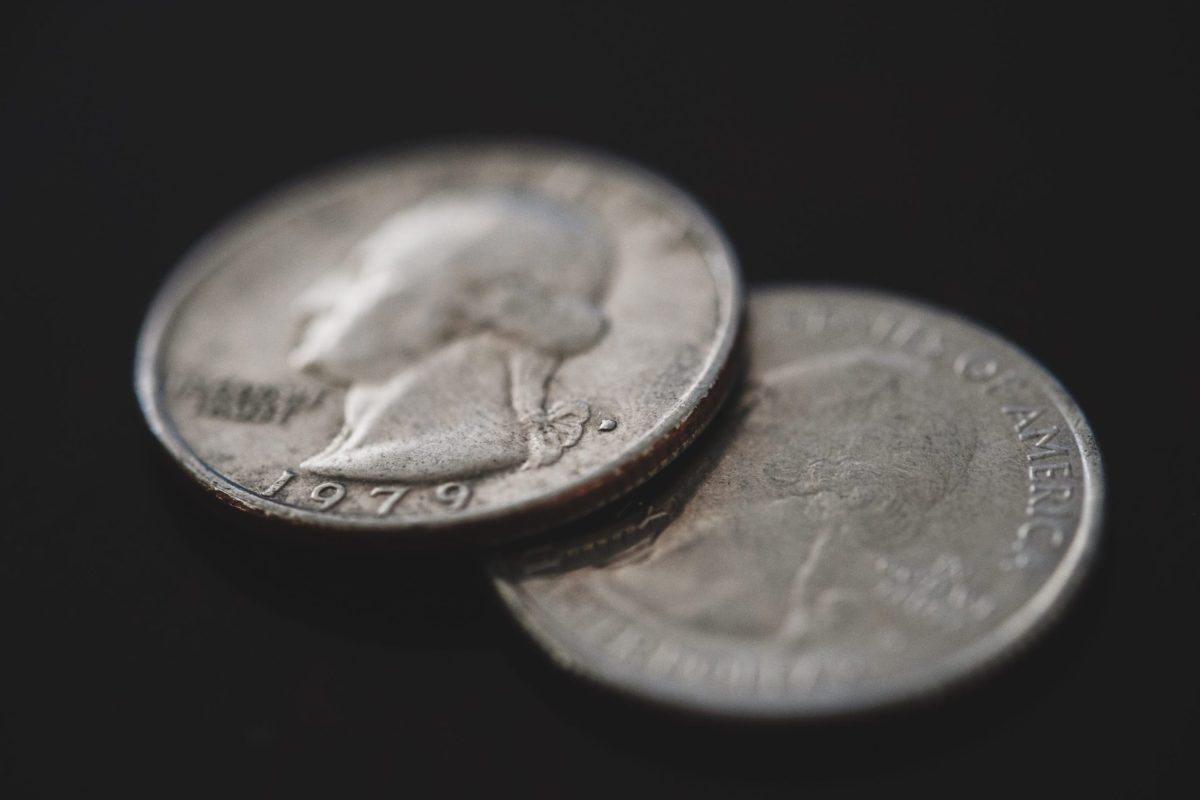
Fujinon 60mm f2.4 Macro Lens Review | Bottom Line
The Fujinon 60mm f2.4 is a fantastic little lens and shouldn’t be overlooked. I prefer this lens to the 56mm f1.2 when I’m shooting everything other than portraits and maybe street photography. There is something special about the images that come out of this lens that’s hard to put my finger on. I find it easy to get great-looking shots with nice bokeh, saturation, and detail. Maybe even a little better than the 56mm f1.2 in this regard. Plus, this lens is a lot lighter to carry around than the 56mm. The 56mm f1.2 does, however, have some drool-worthy characteristics of its own, and that would be my first choice for pure portrait photography.
While the lens hood is a little bit massive and distracting, it fits the lens very securely, so you don’t have to worry about it popping off or rattling.
Fujifilm 60mm f2.4 Macro Lens Sample Photos
